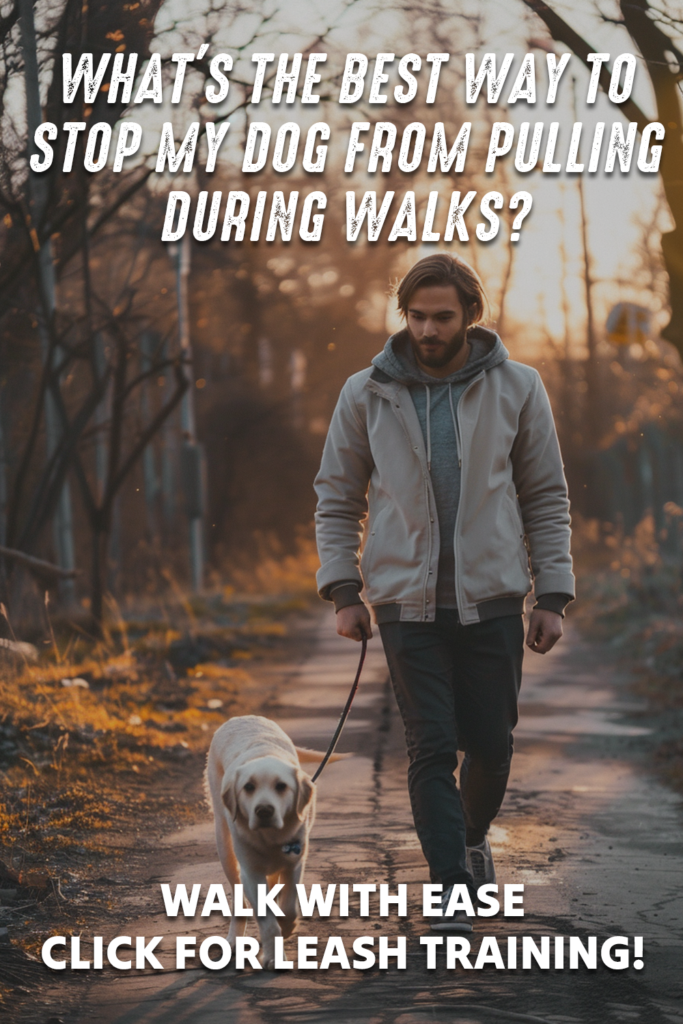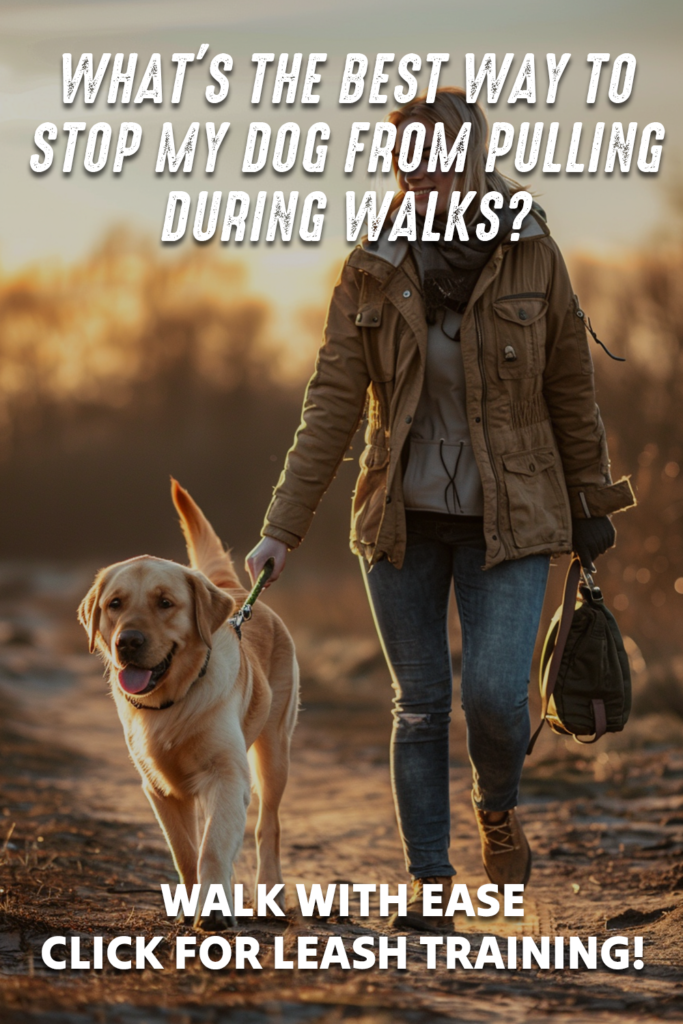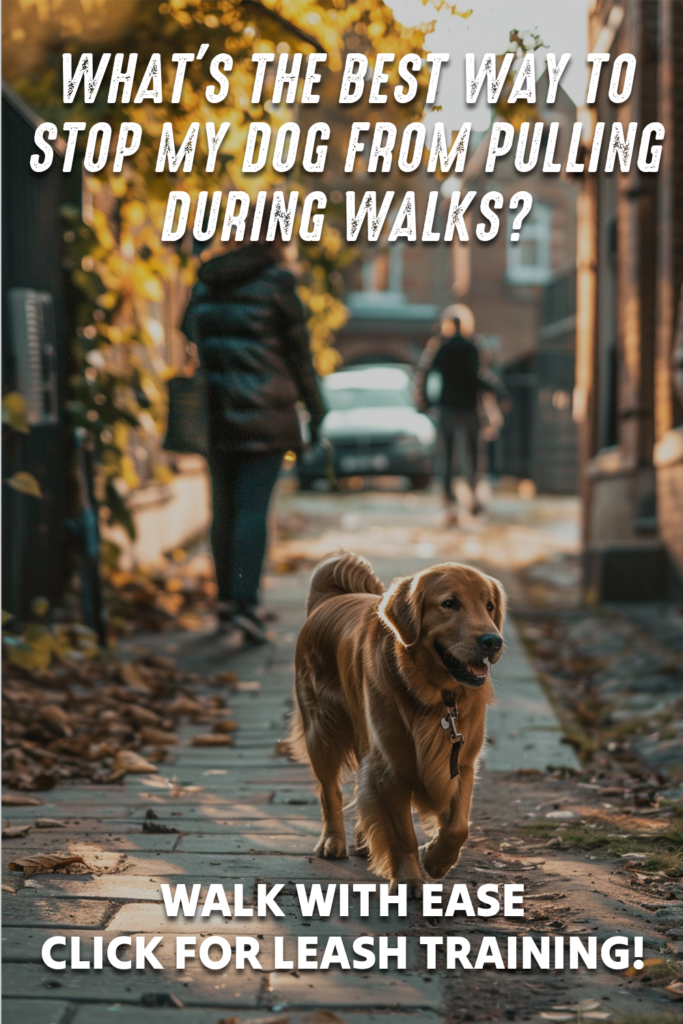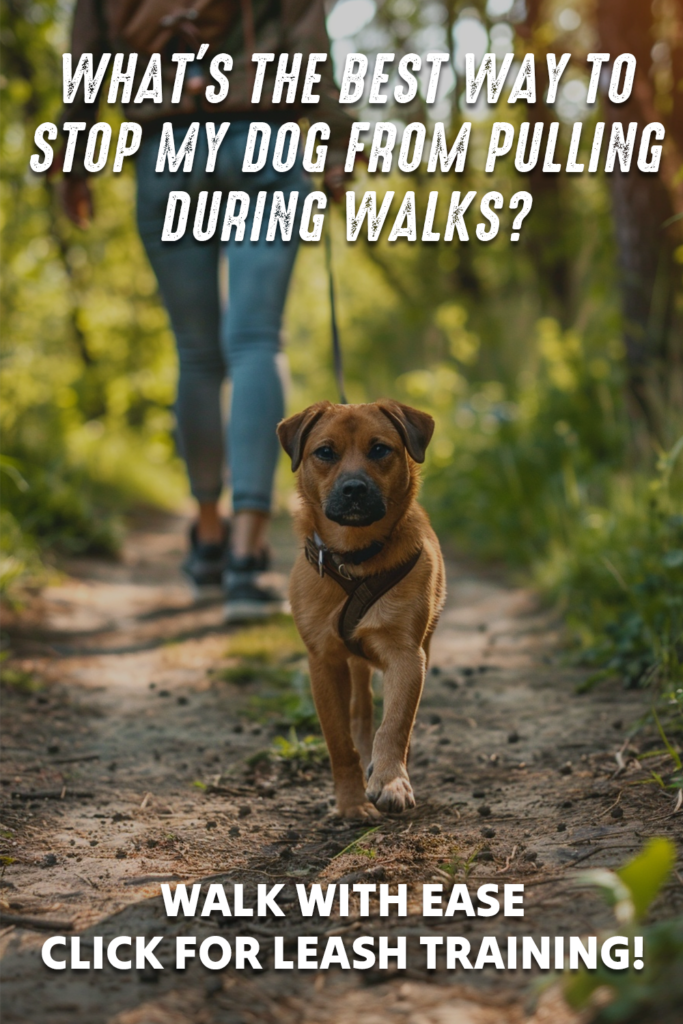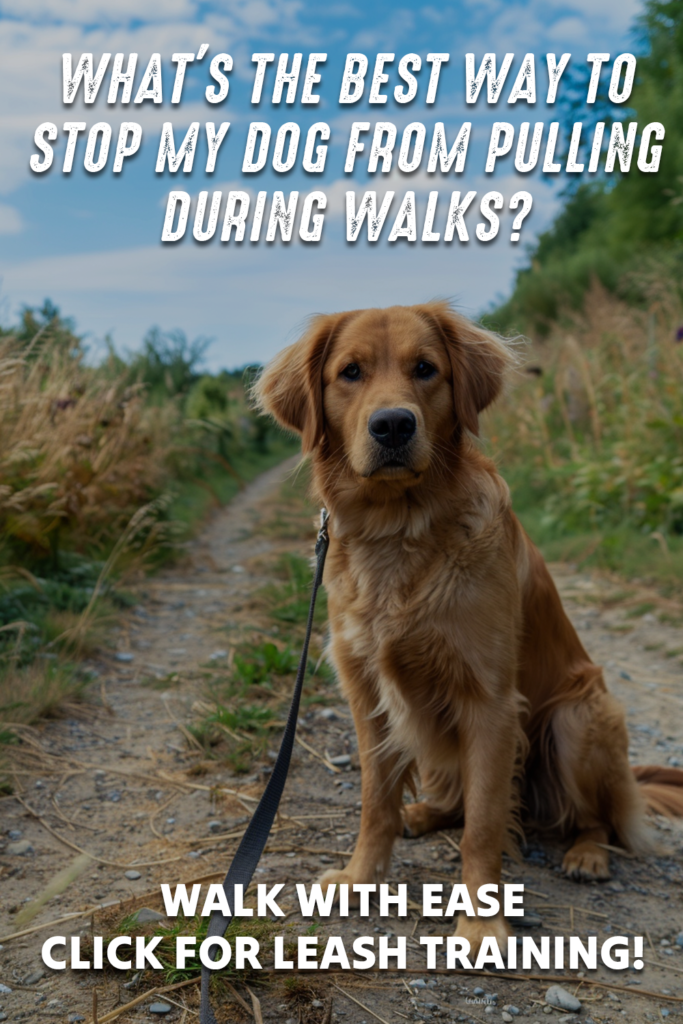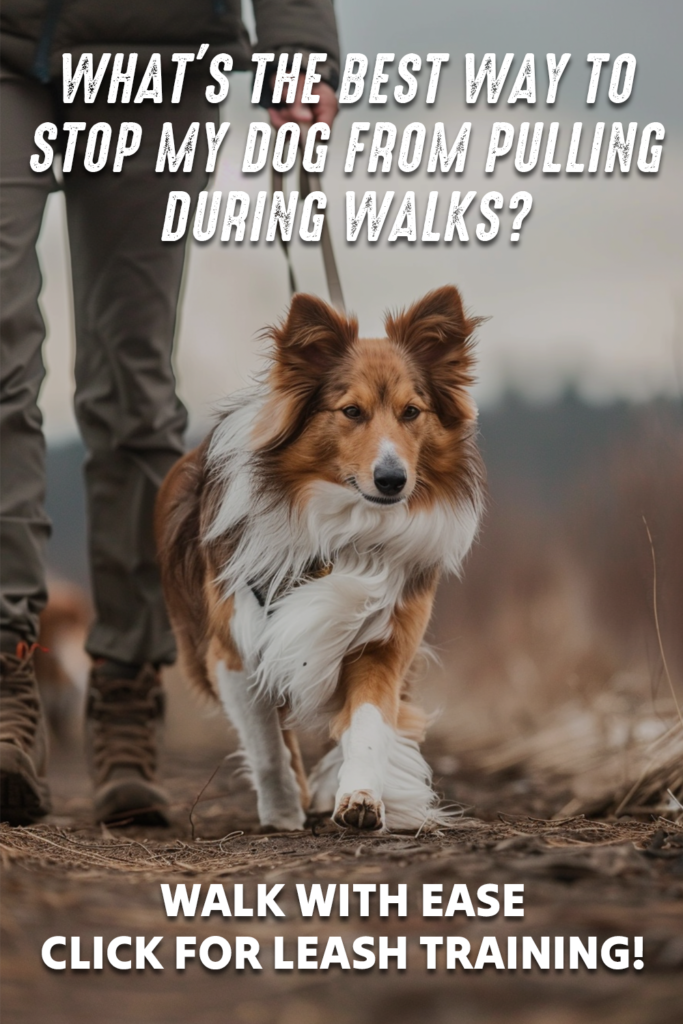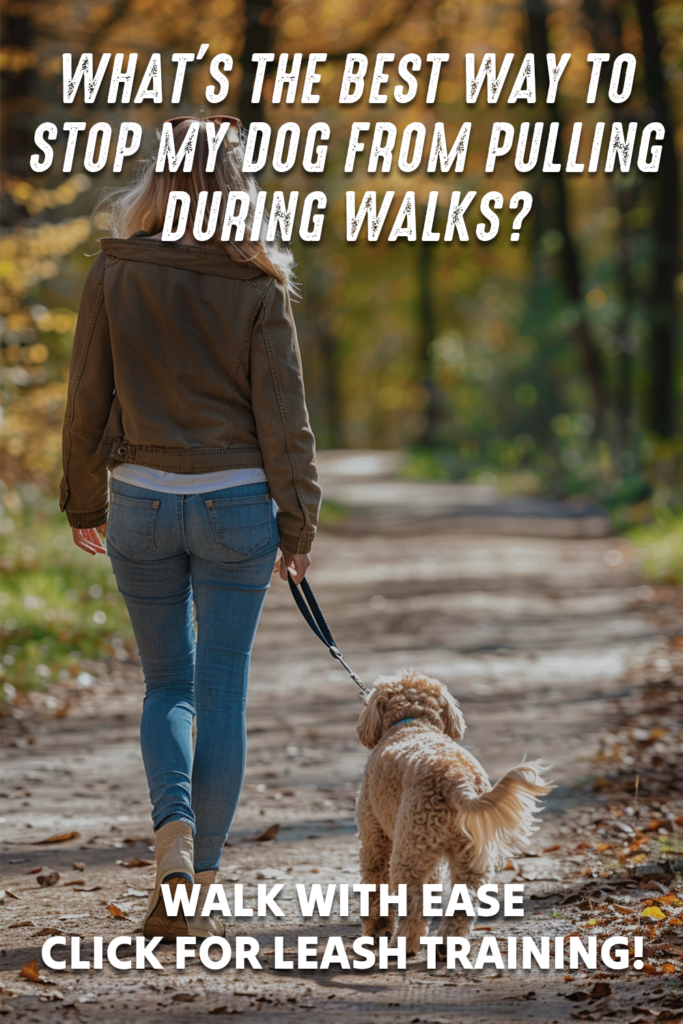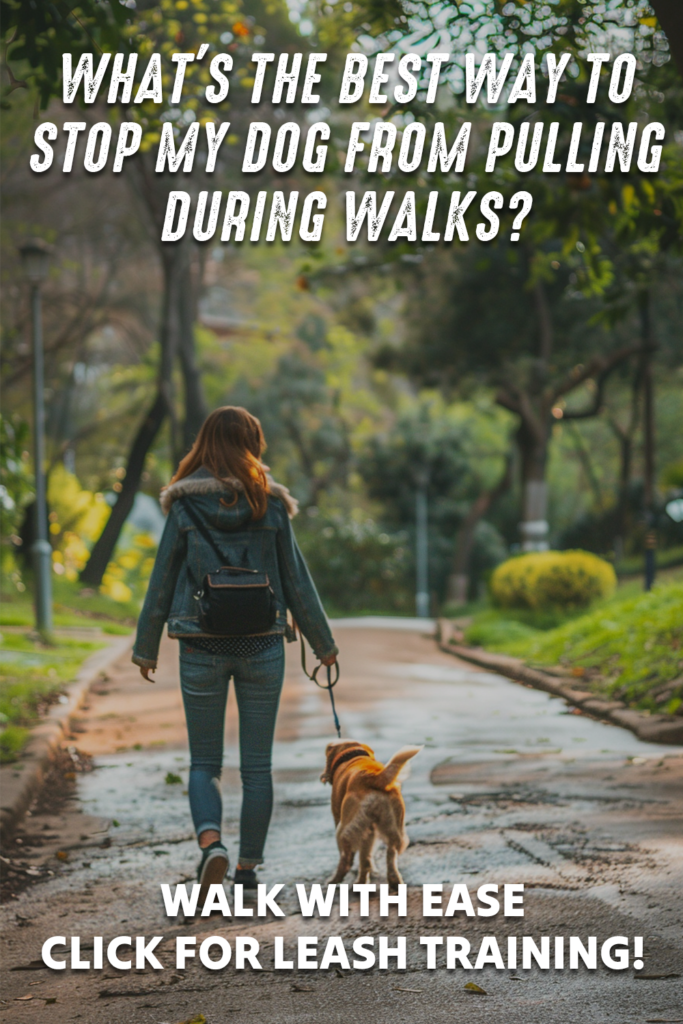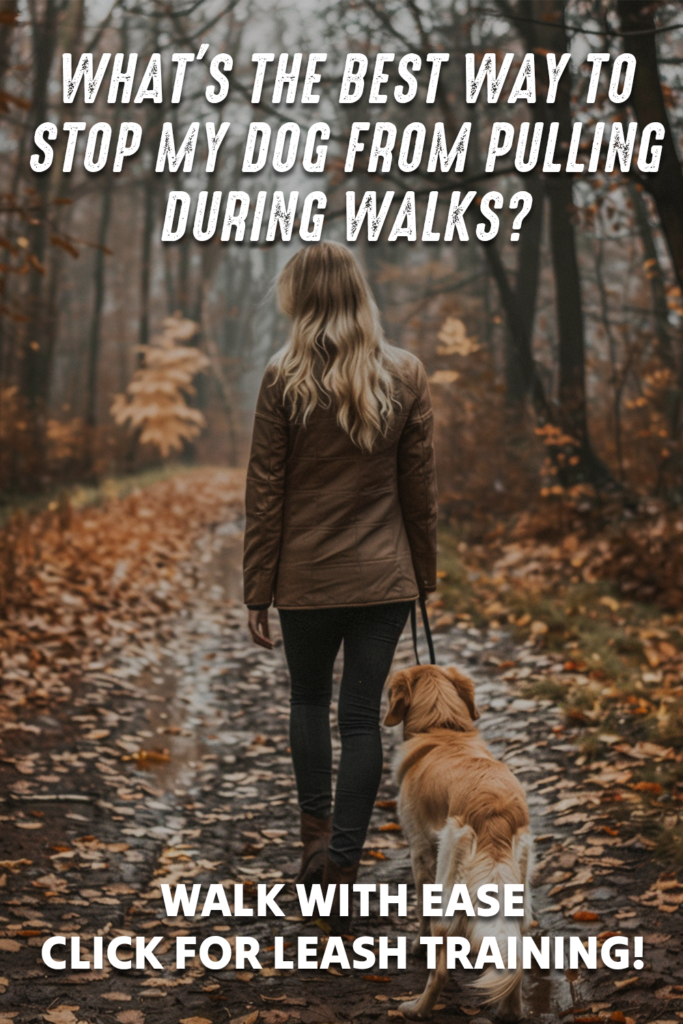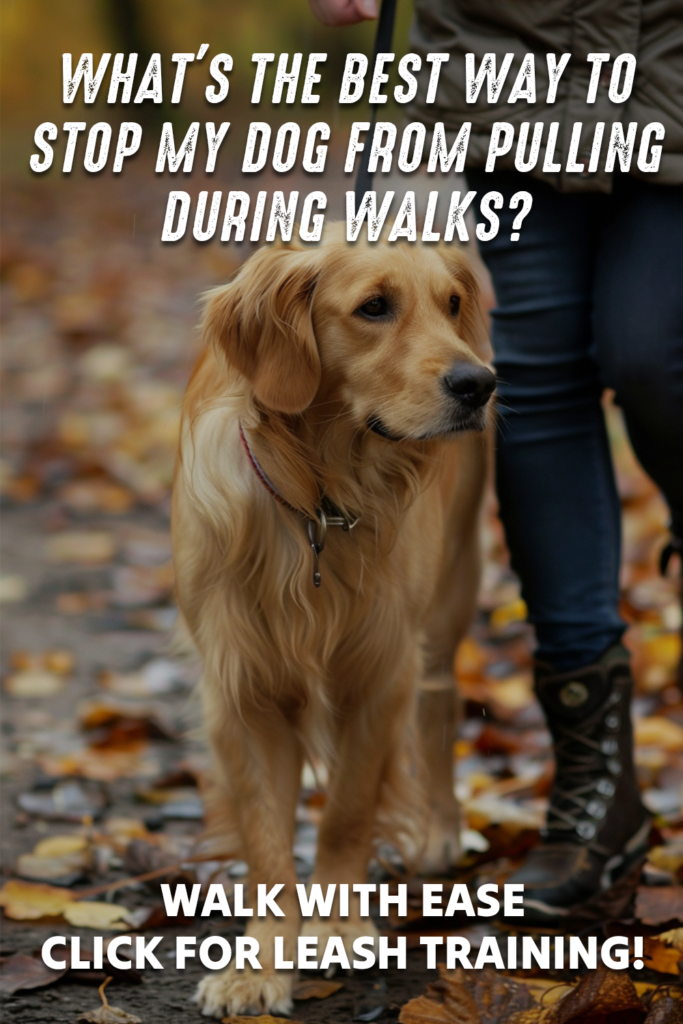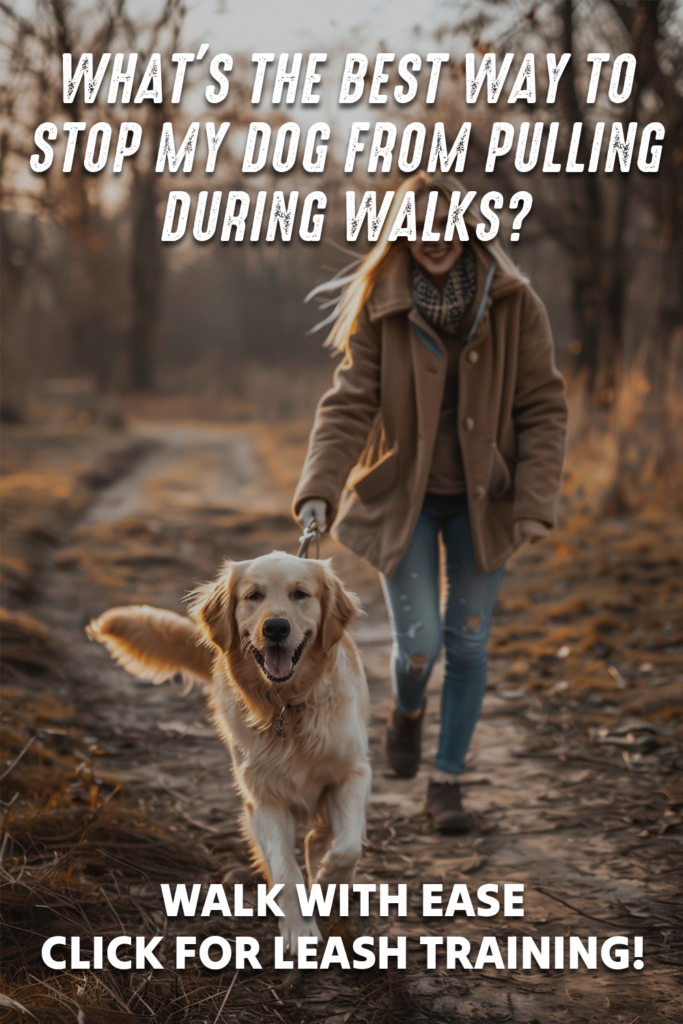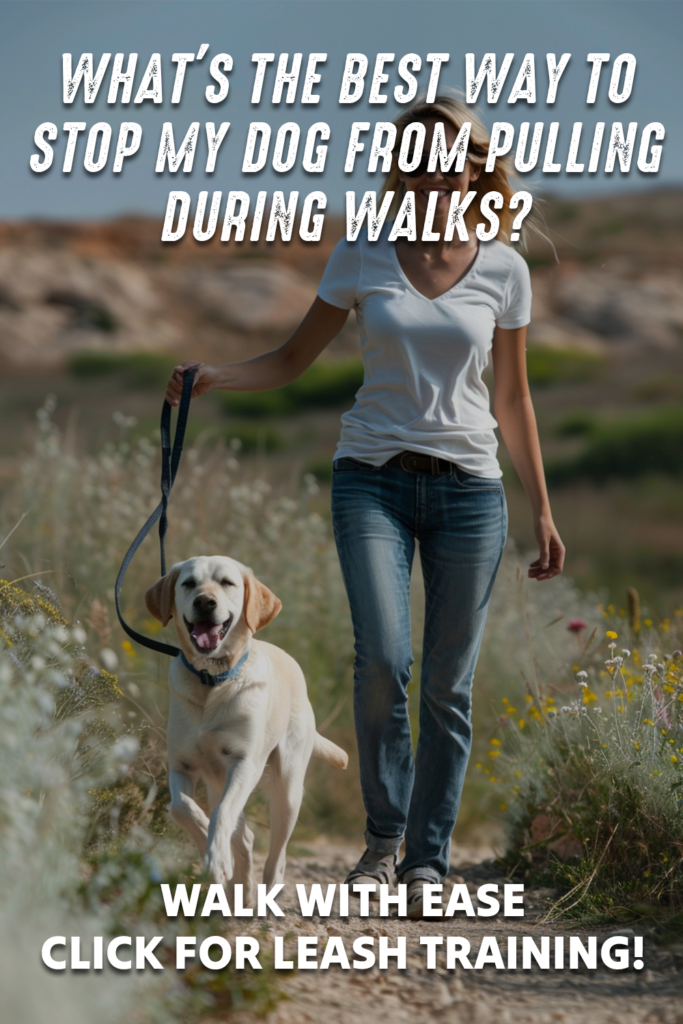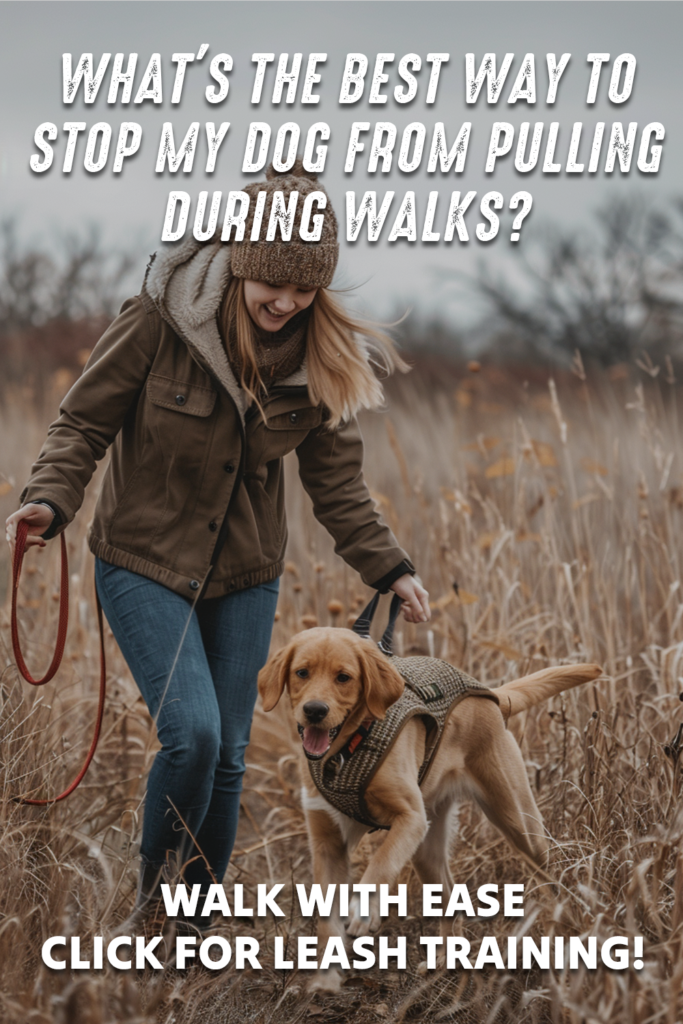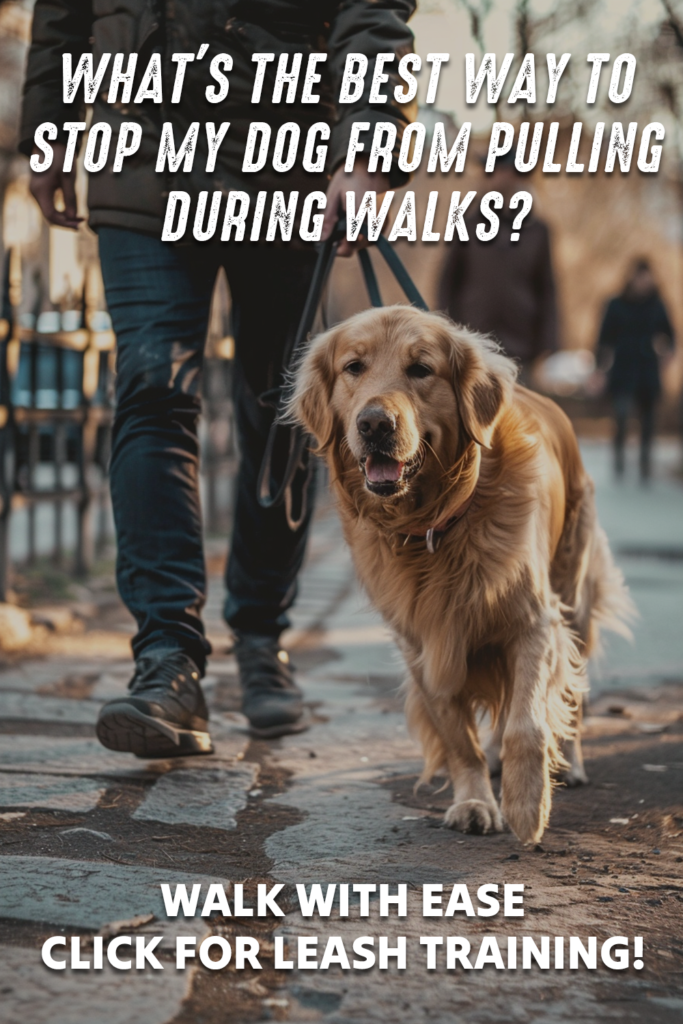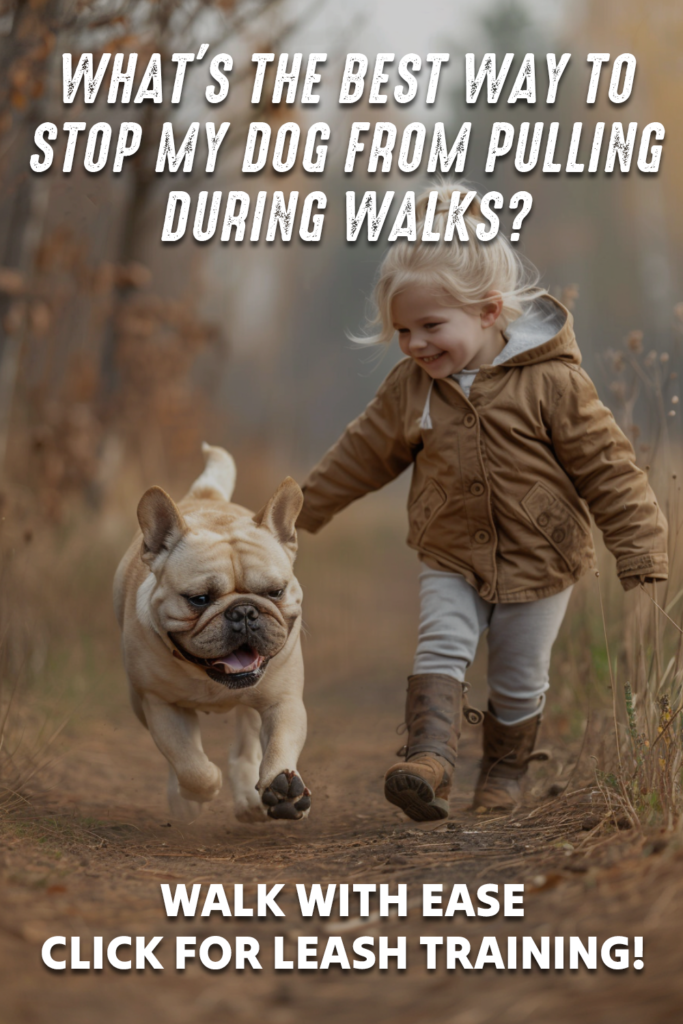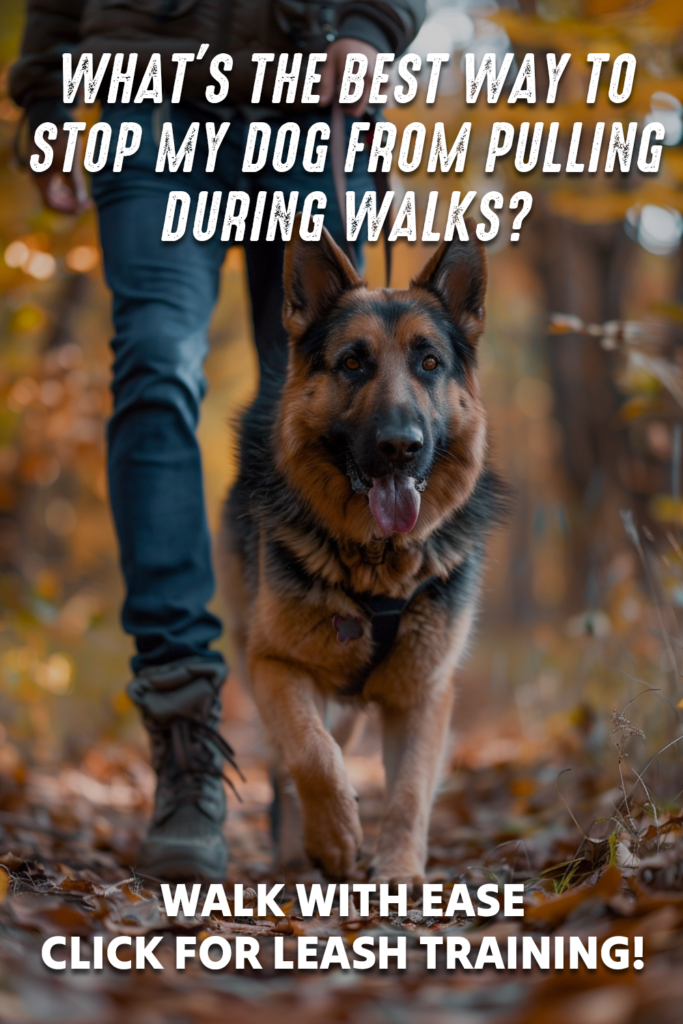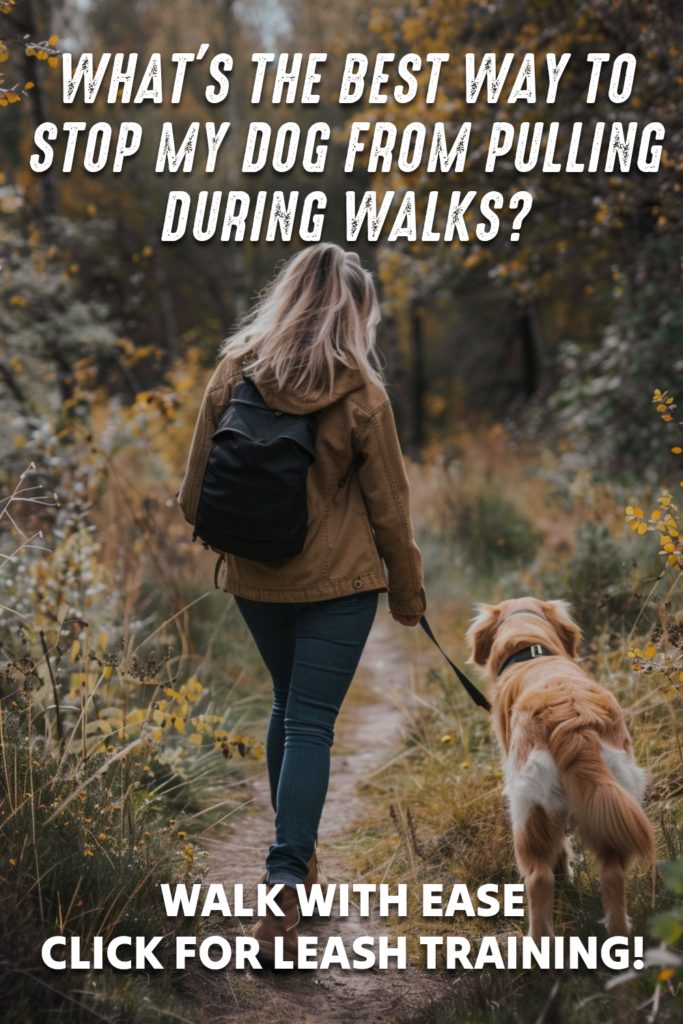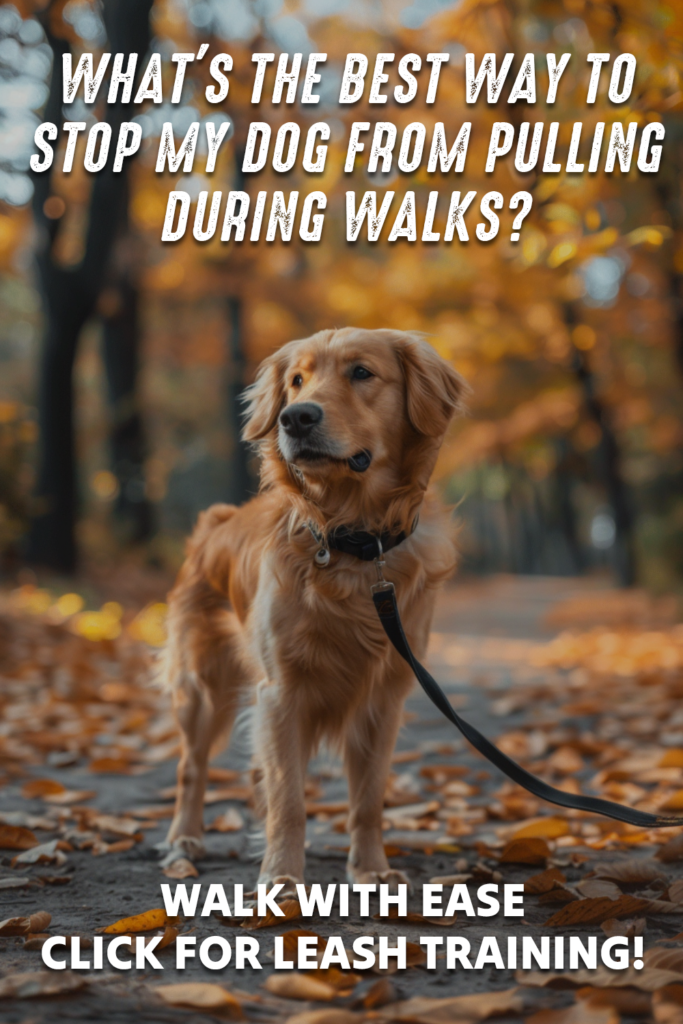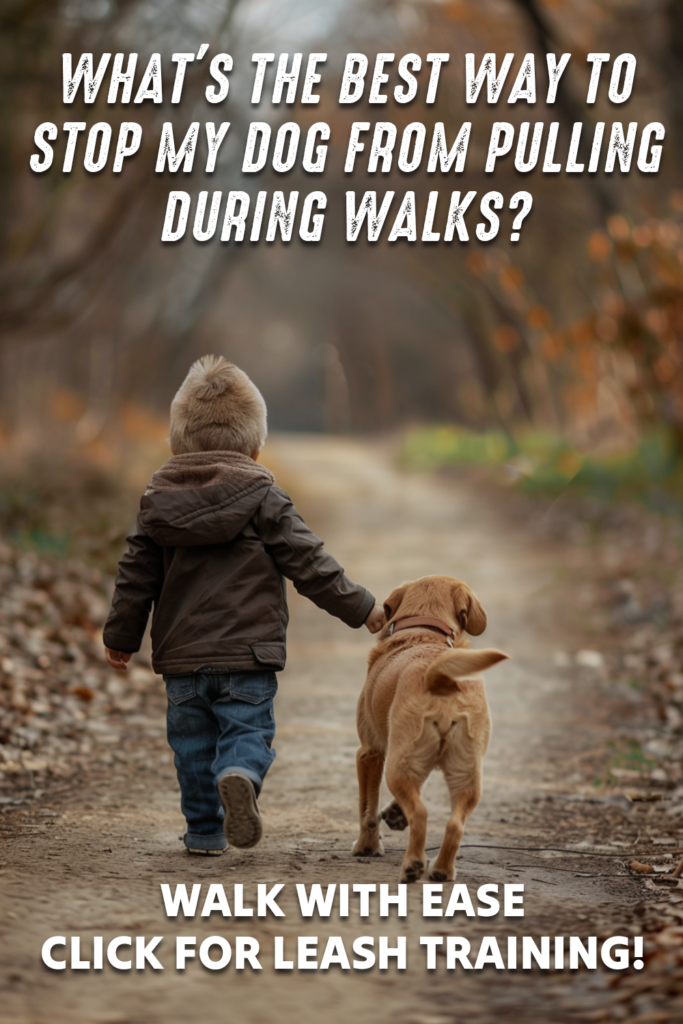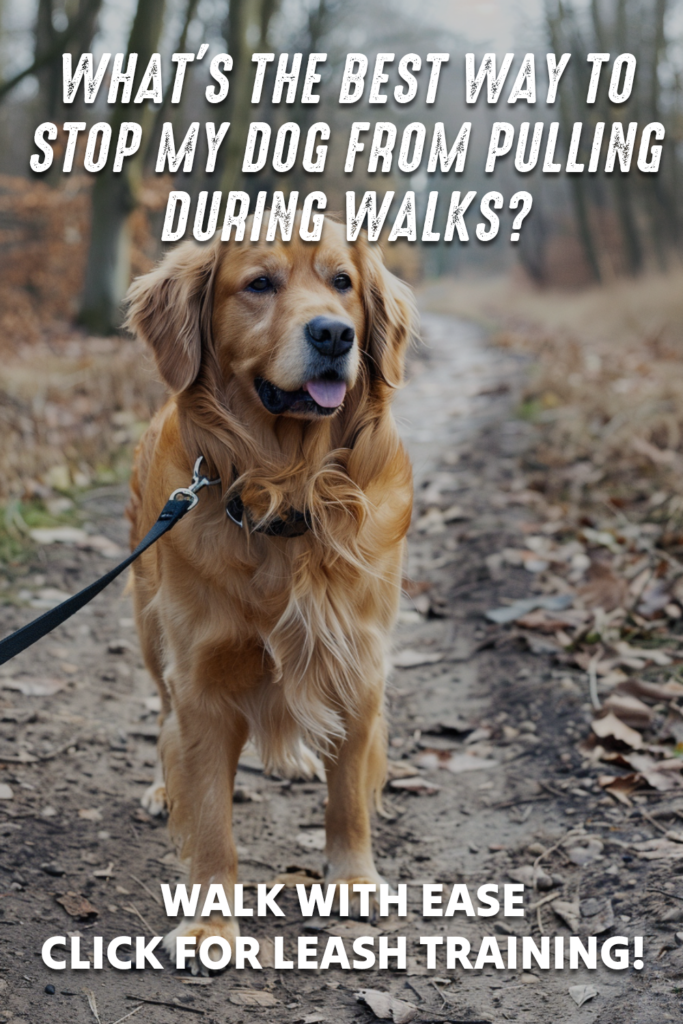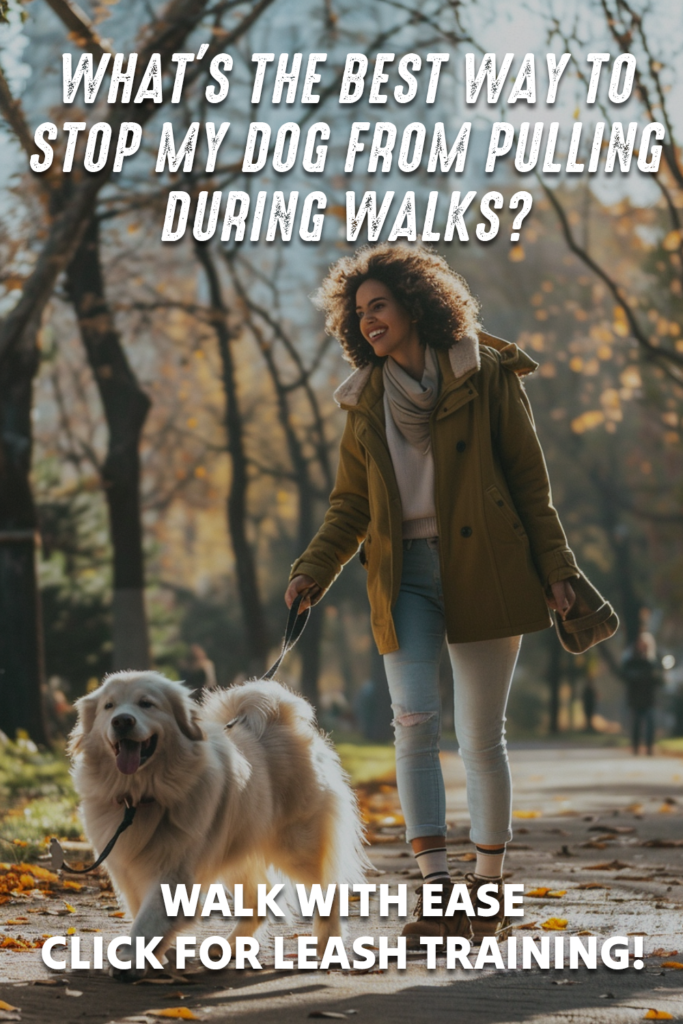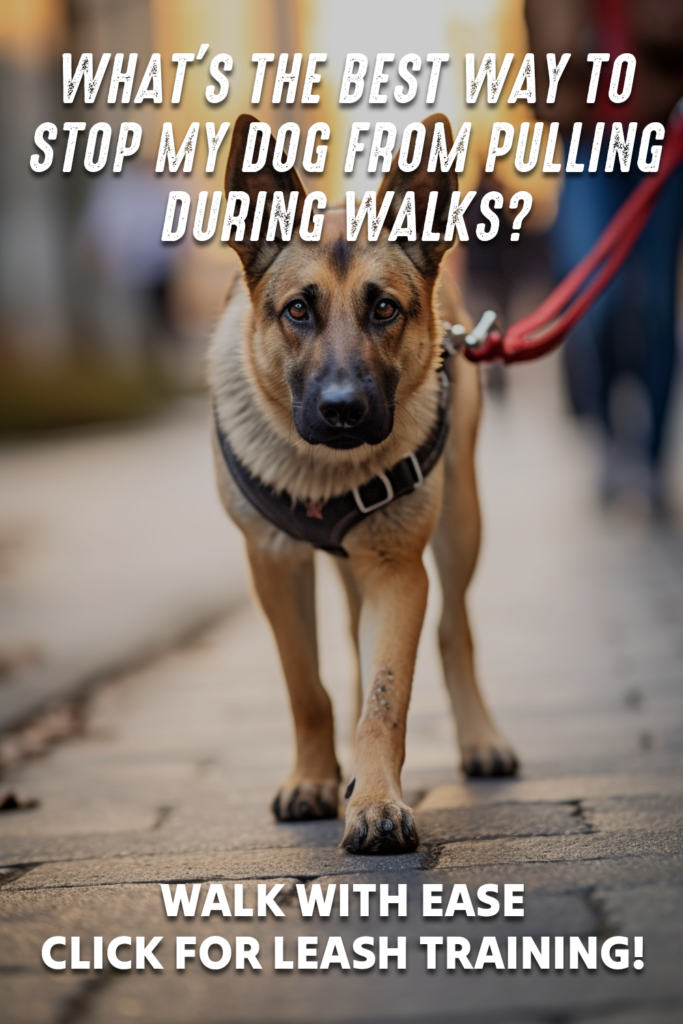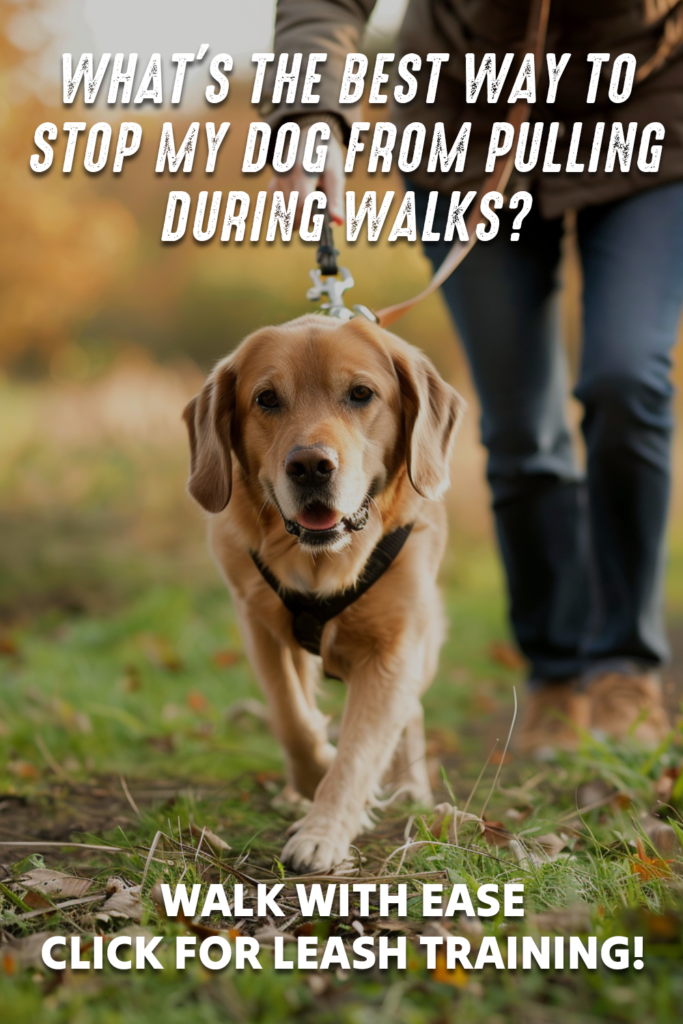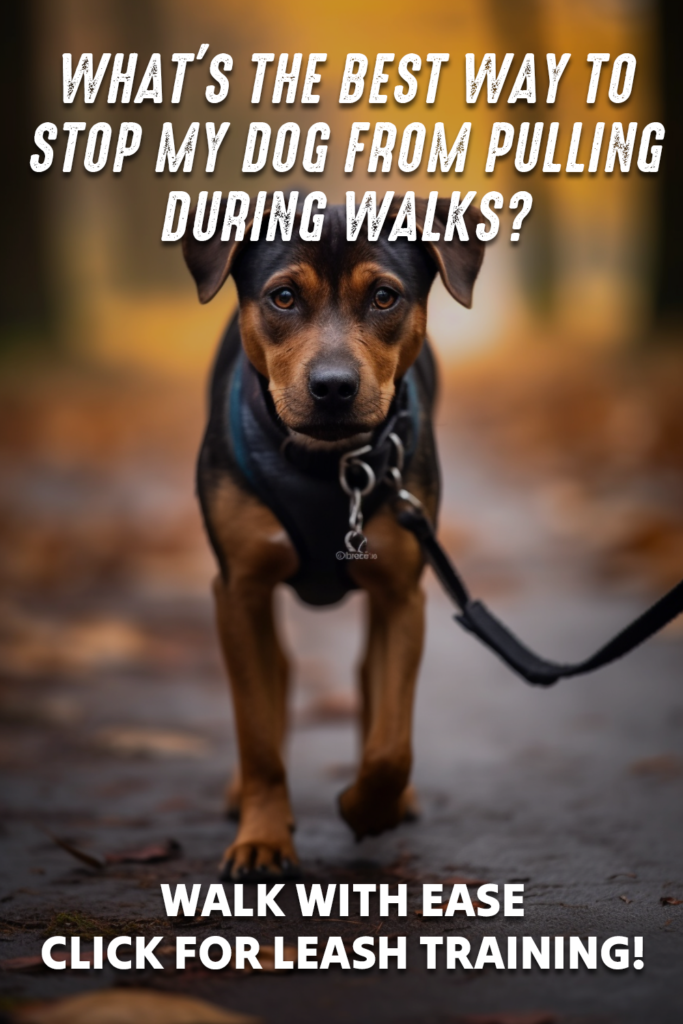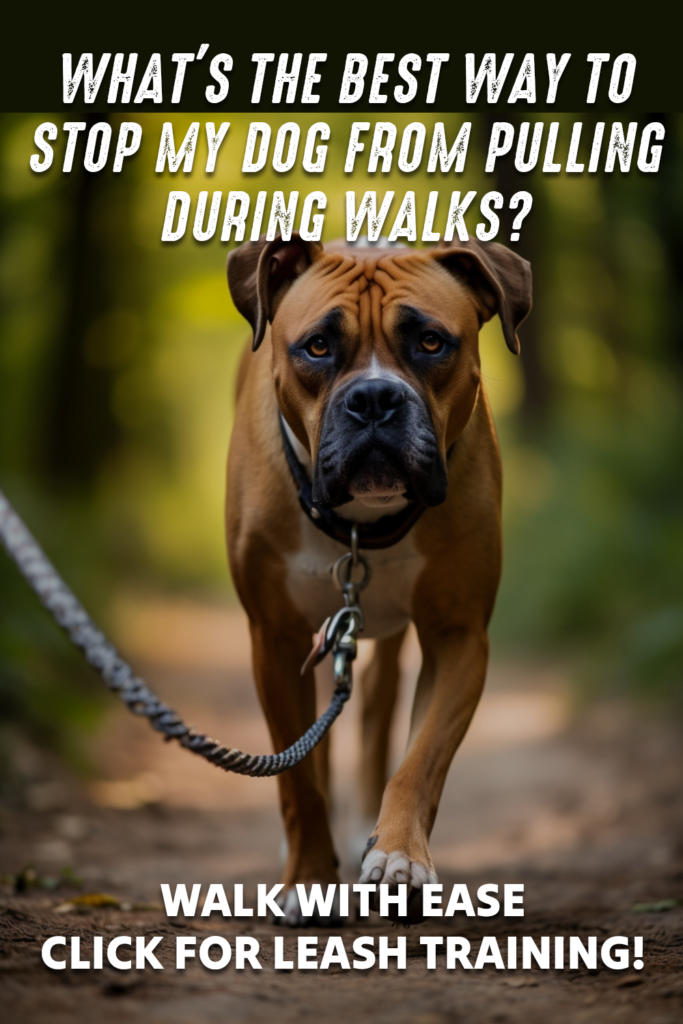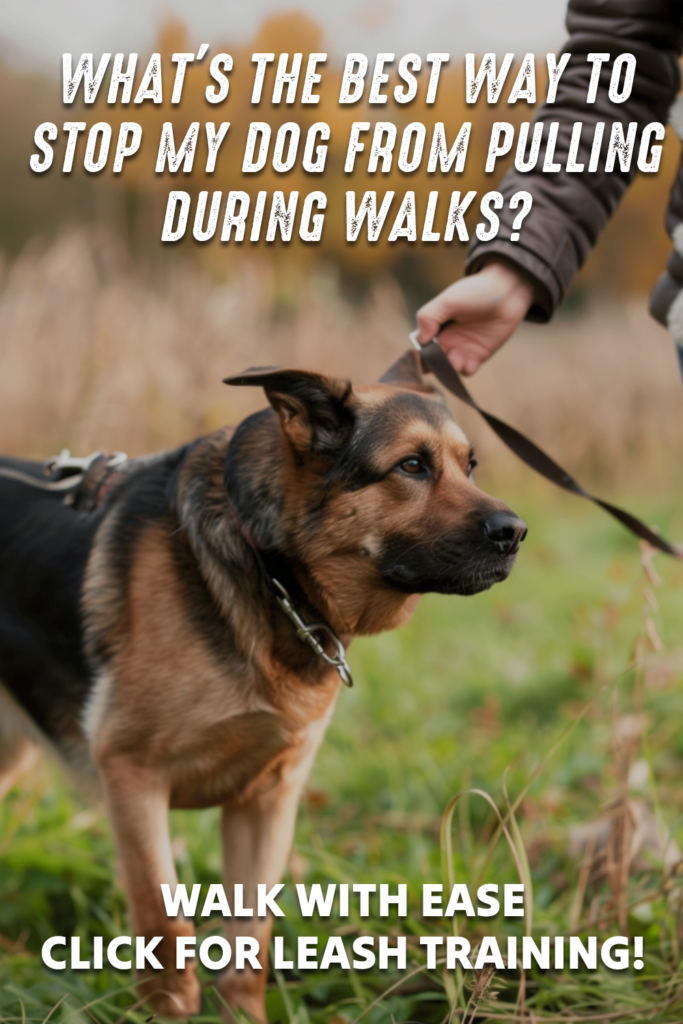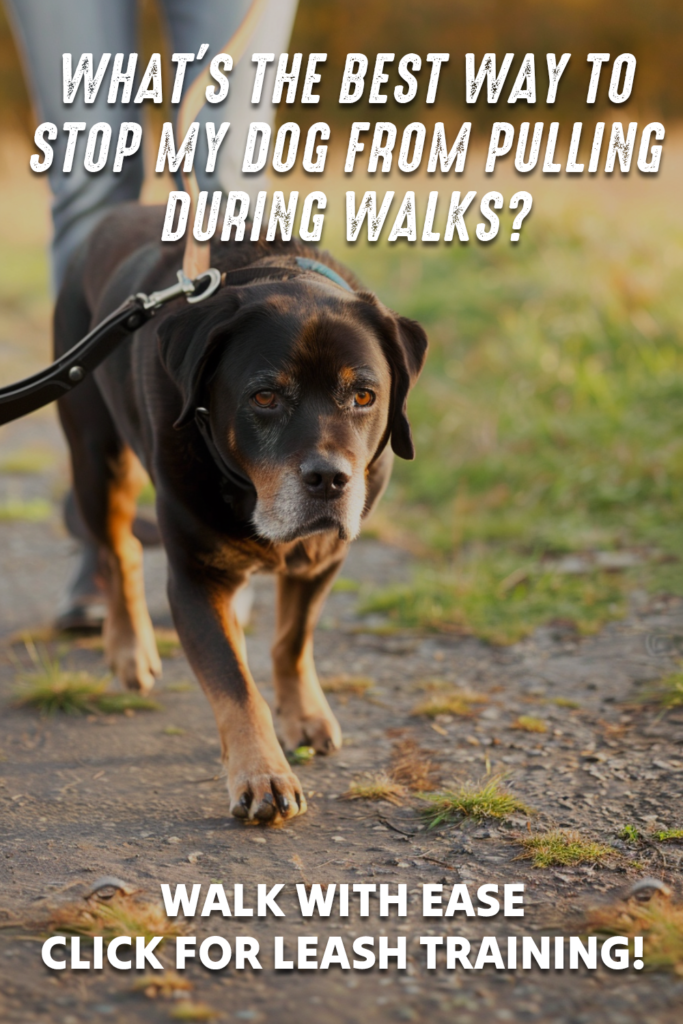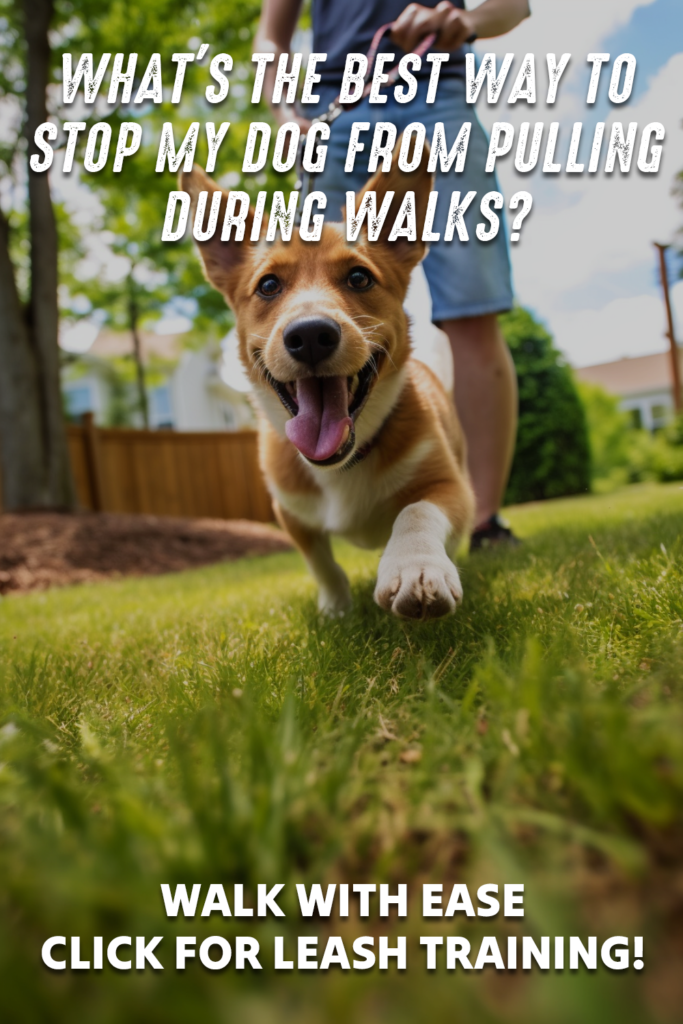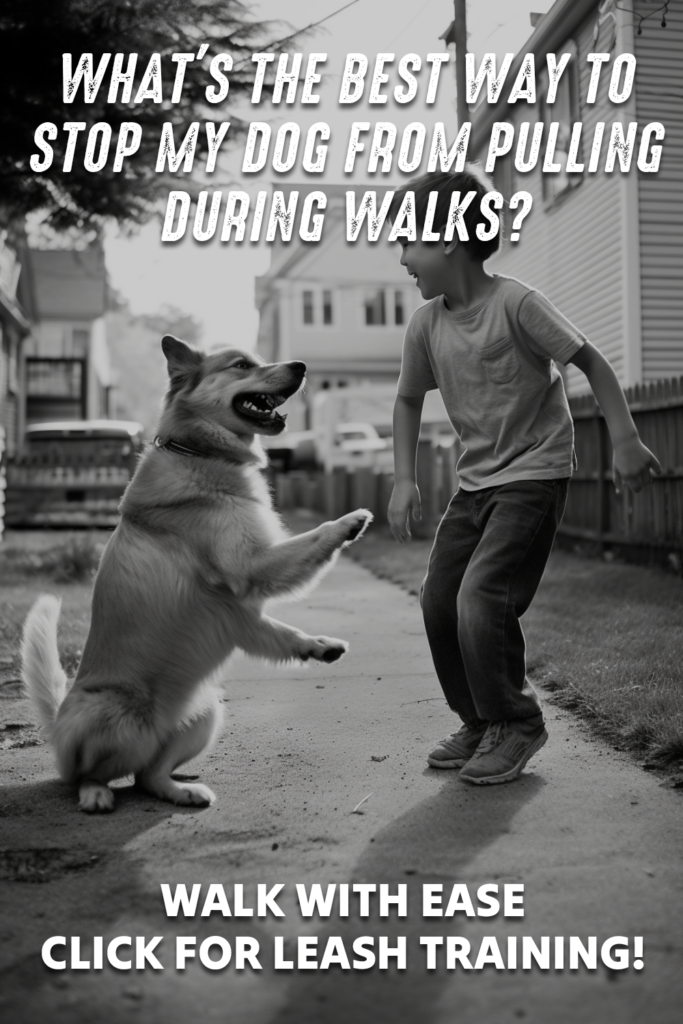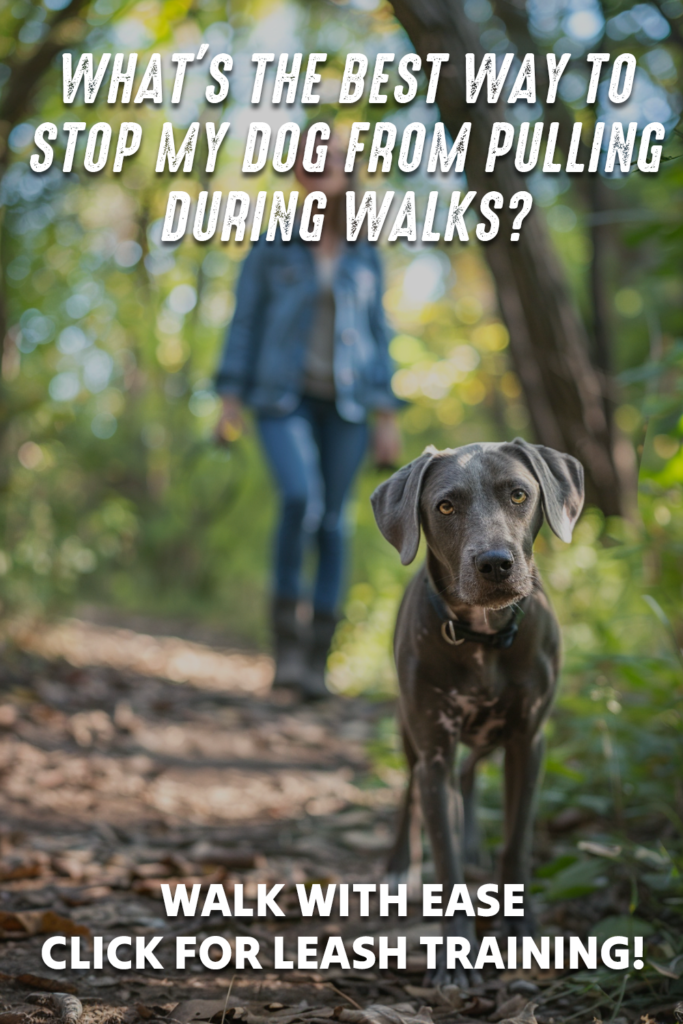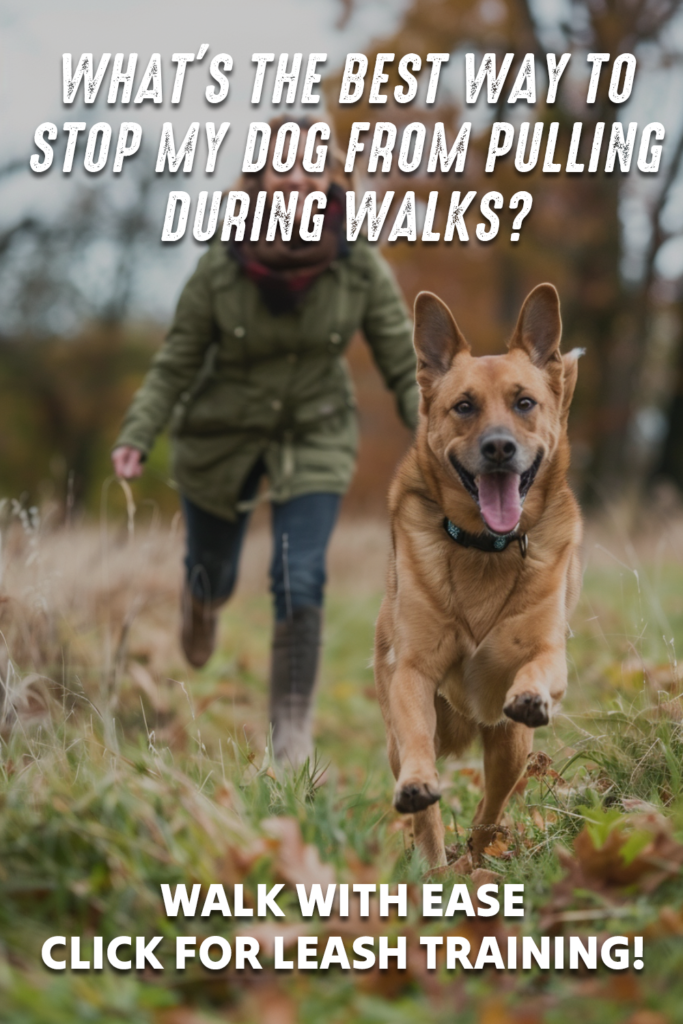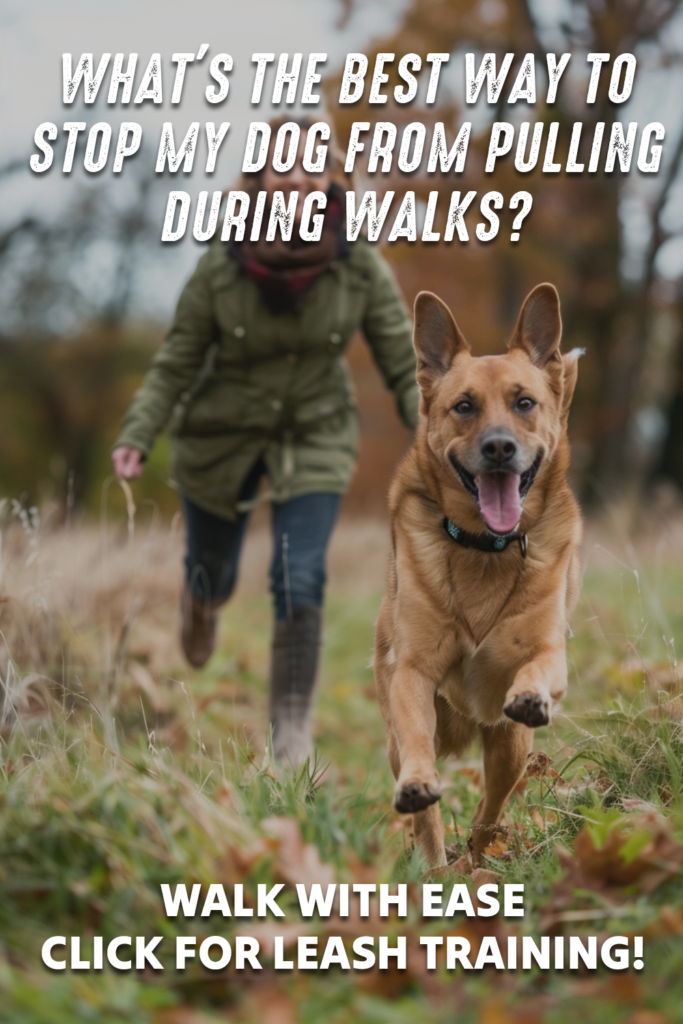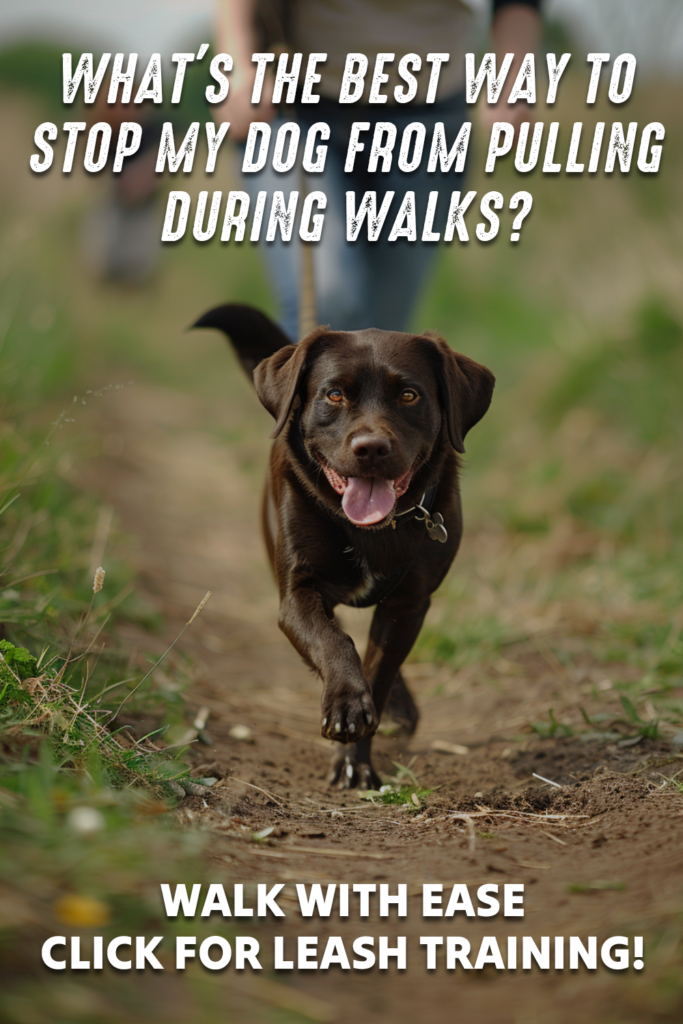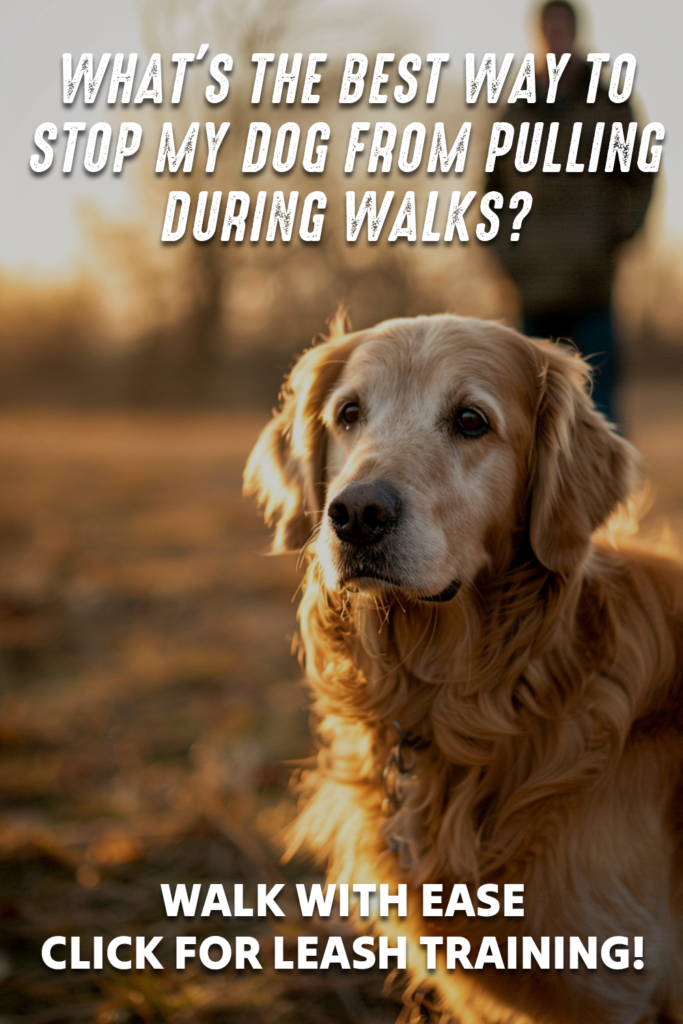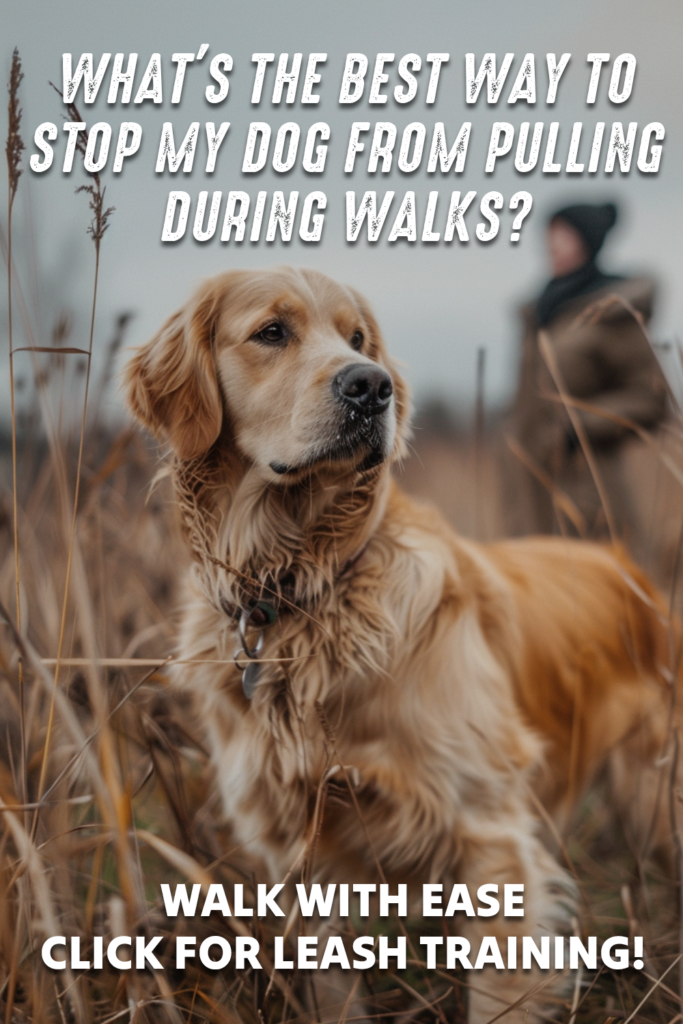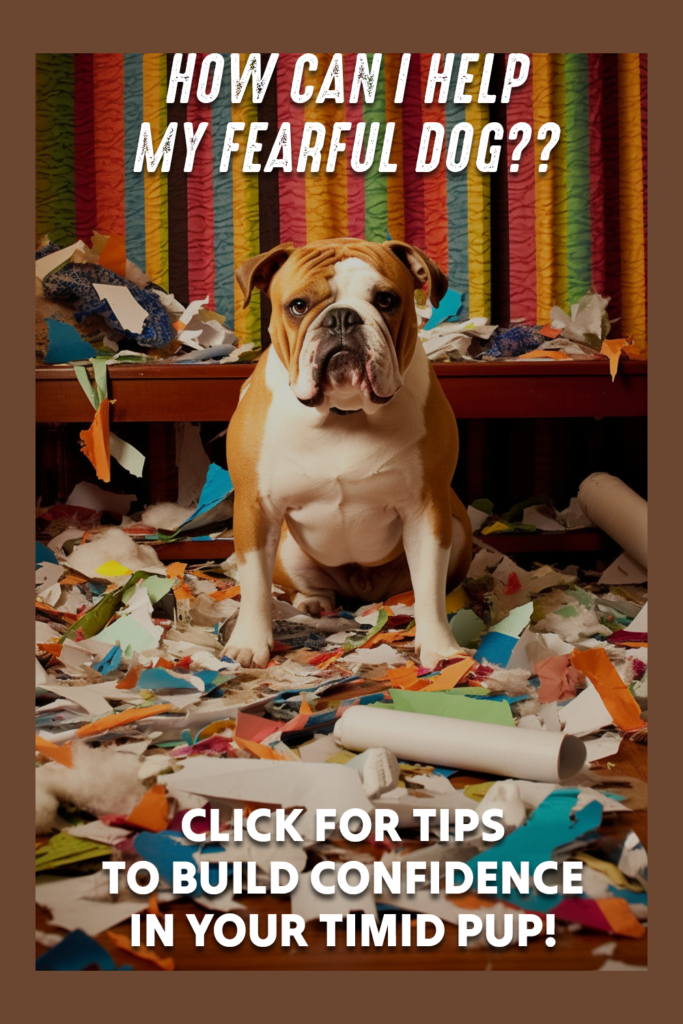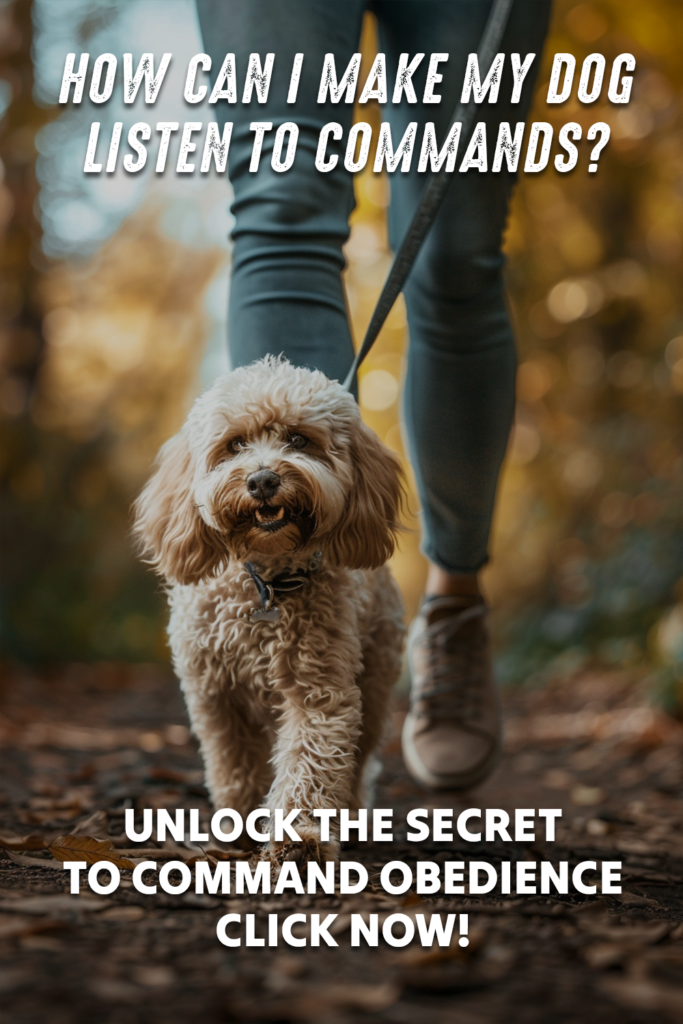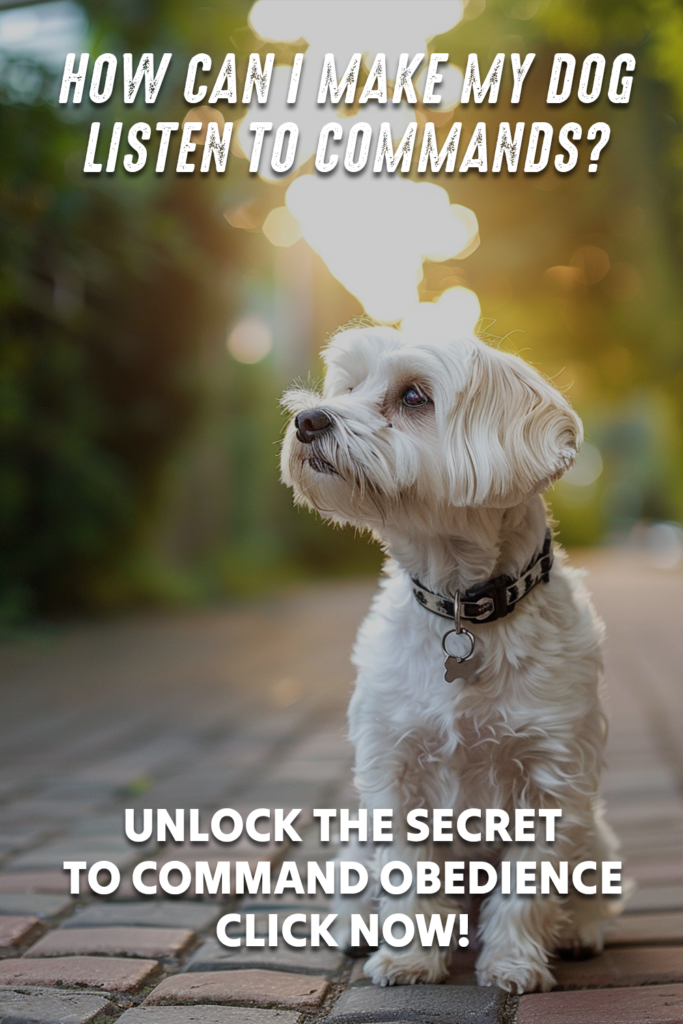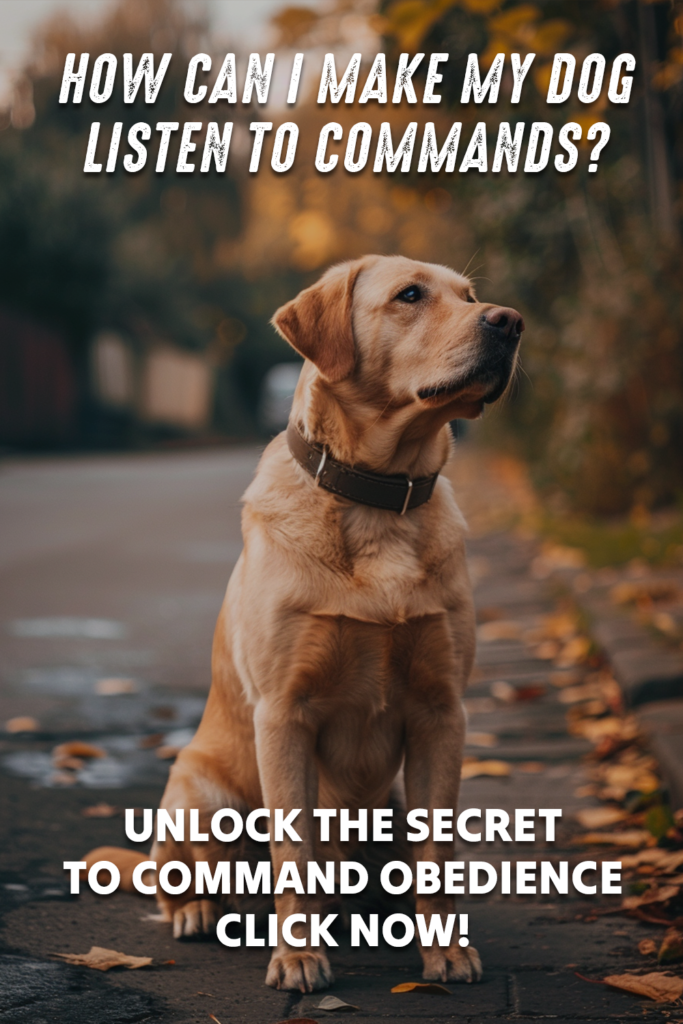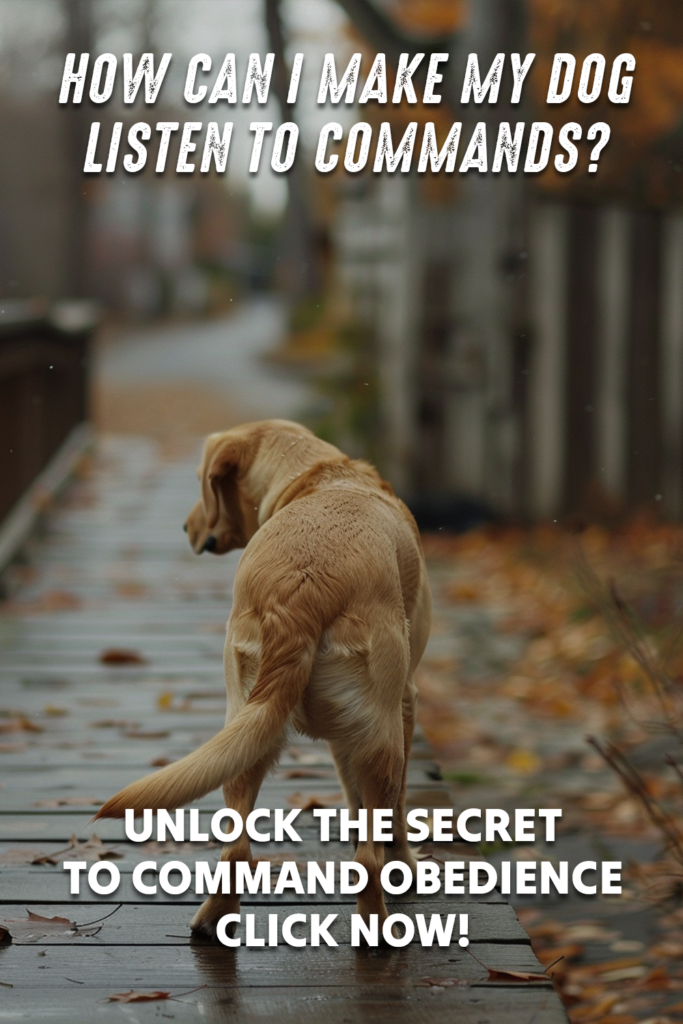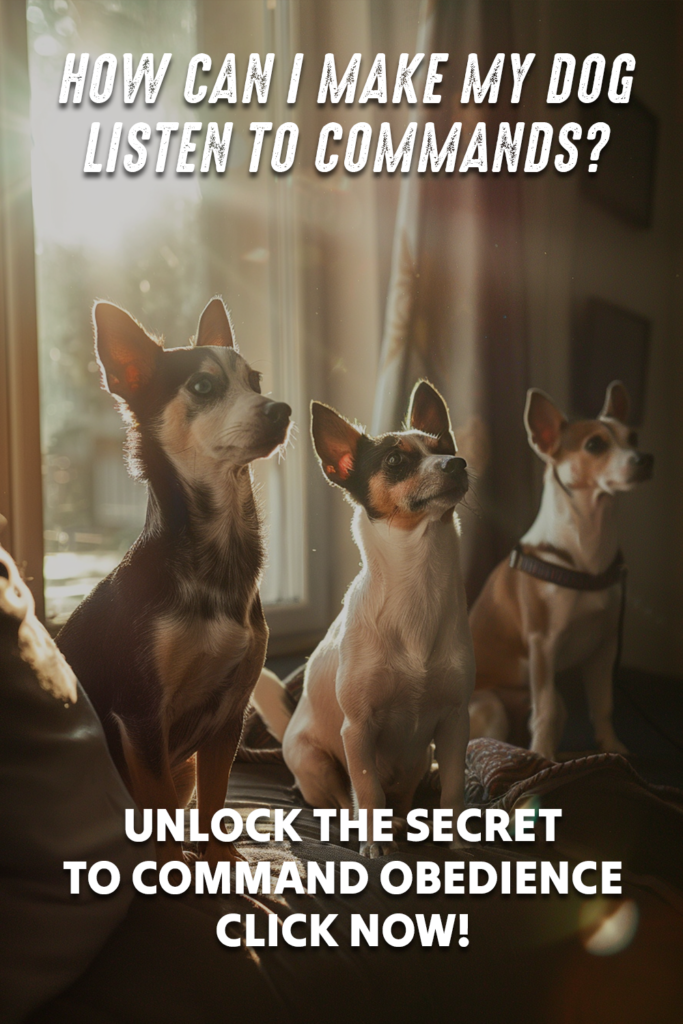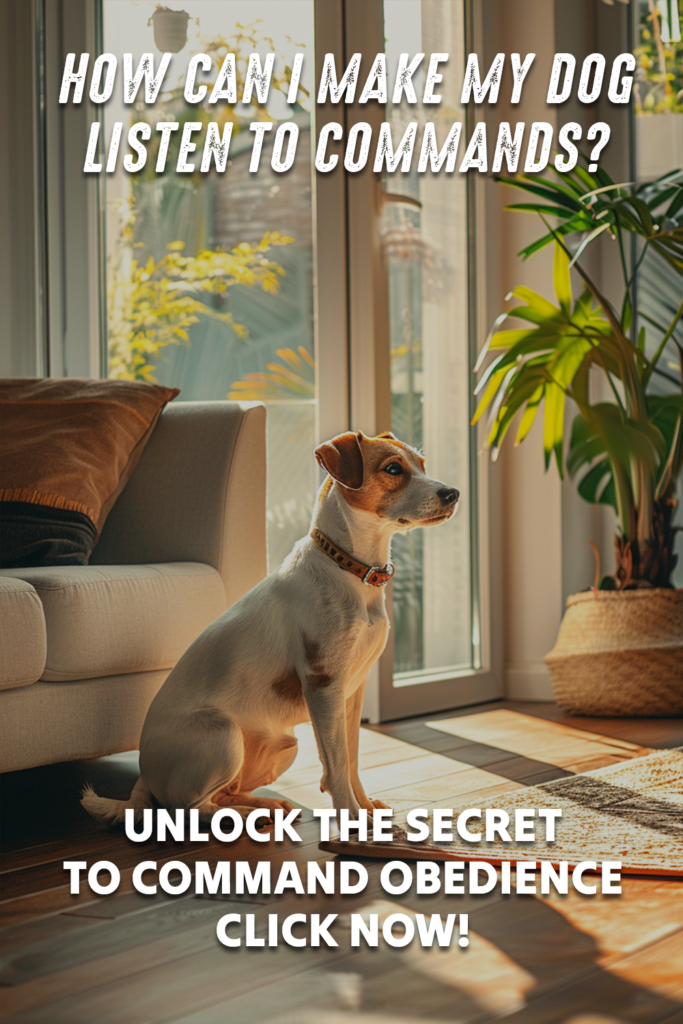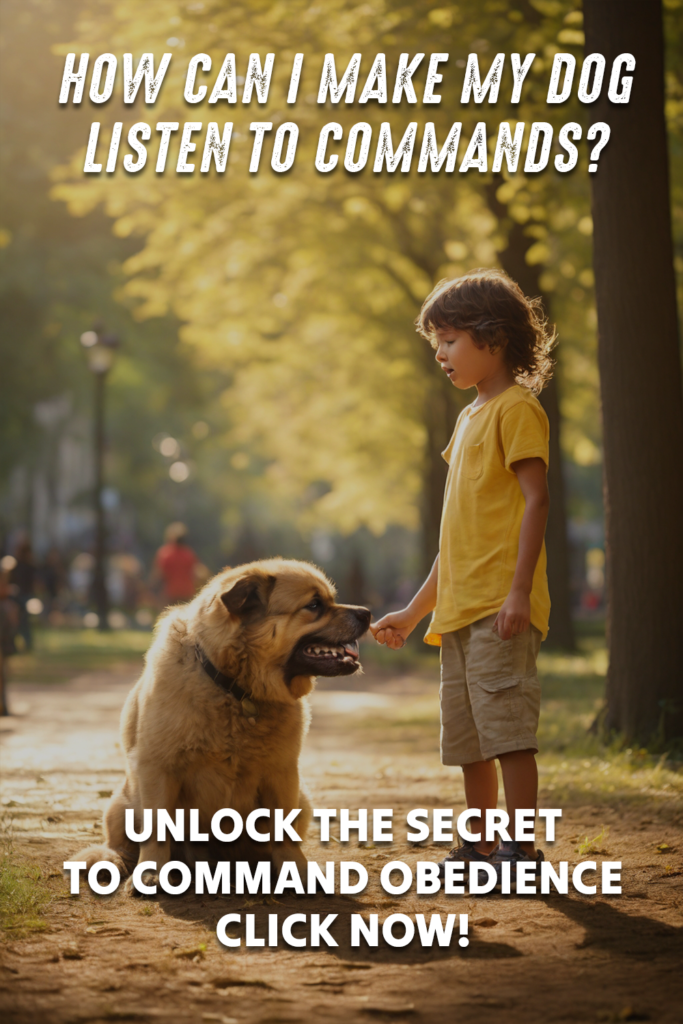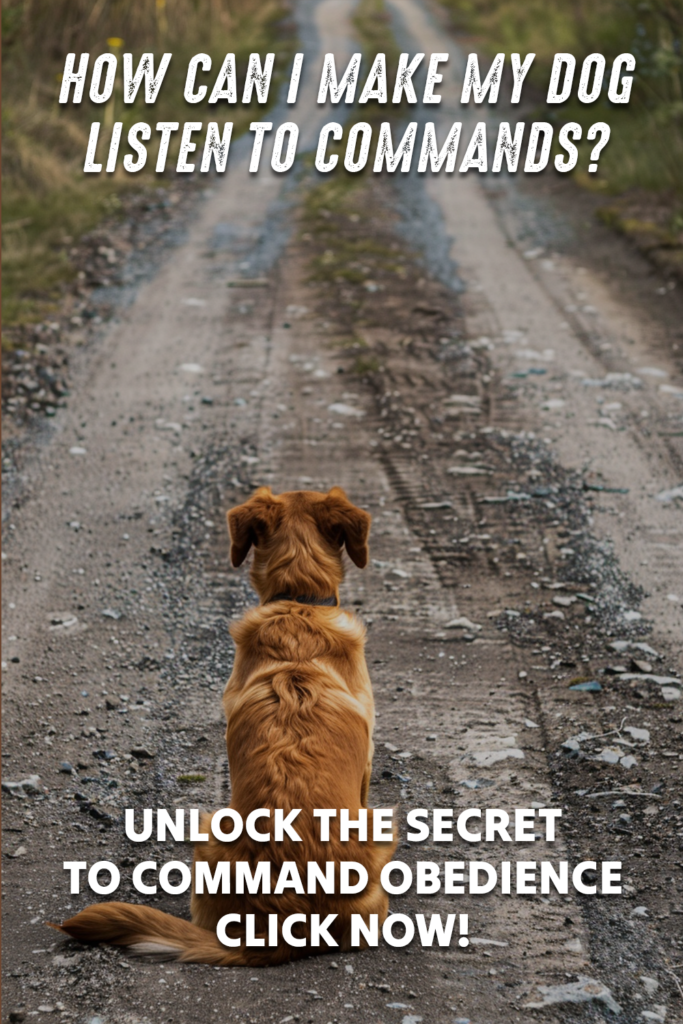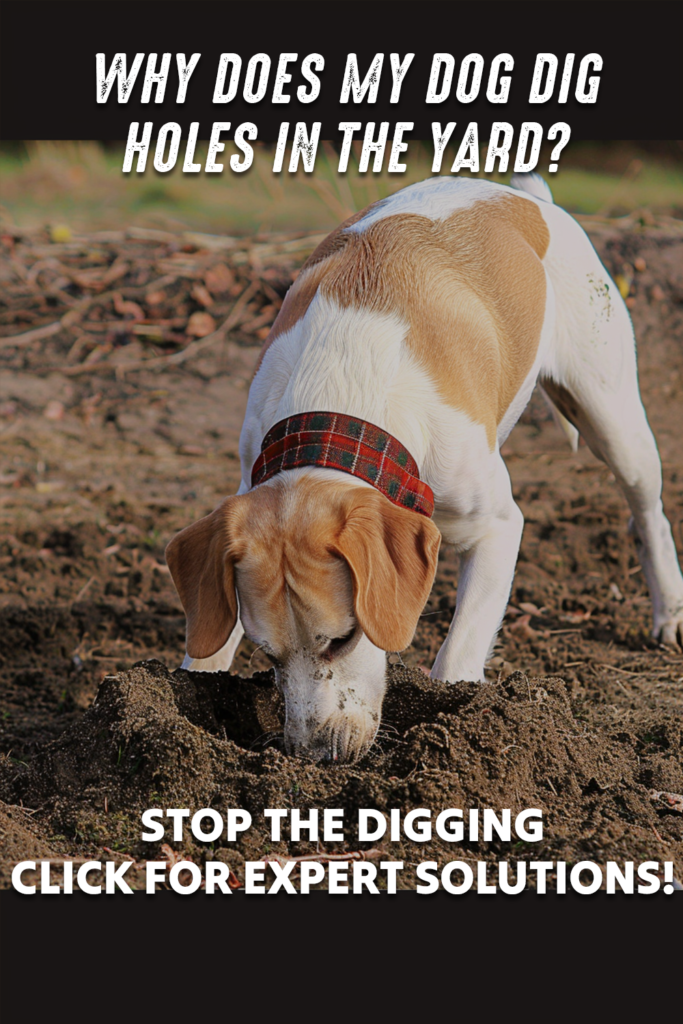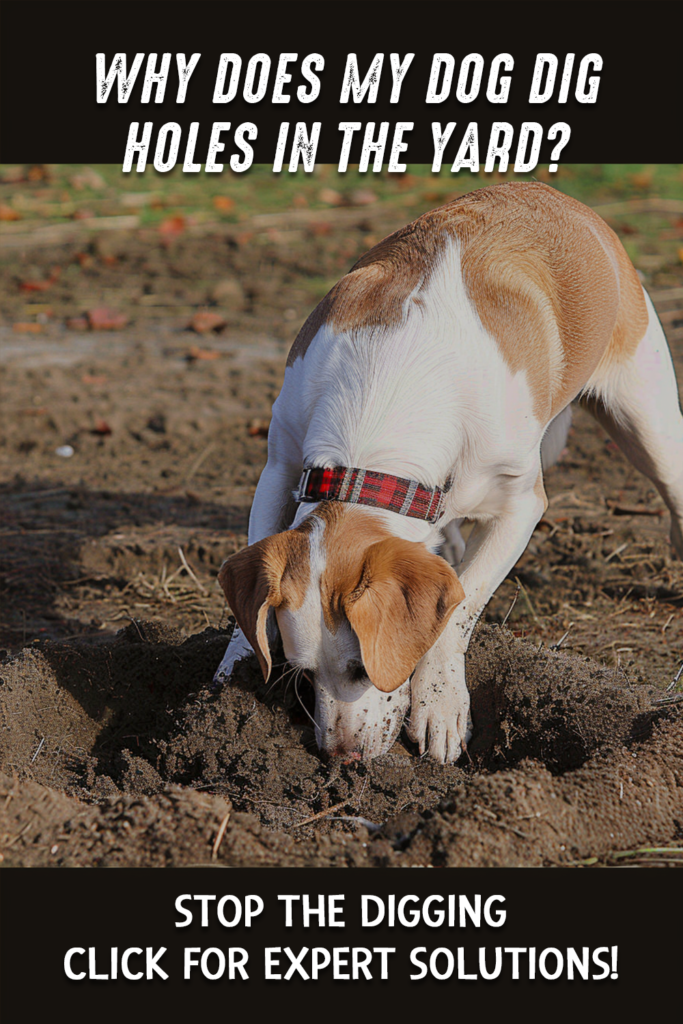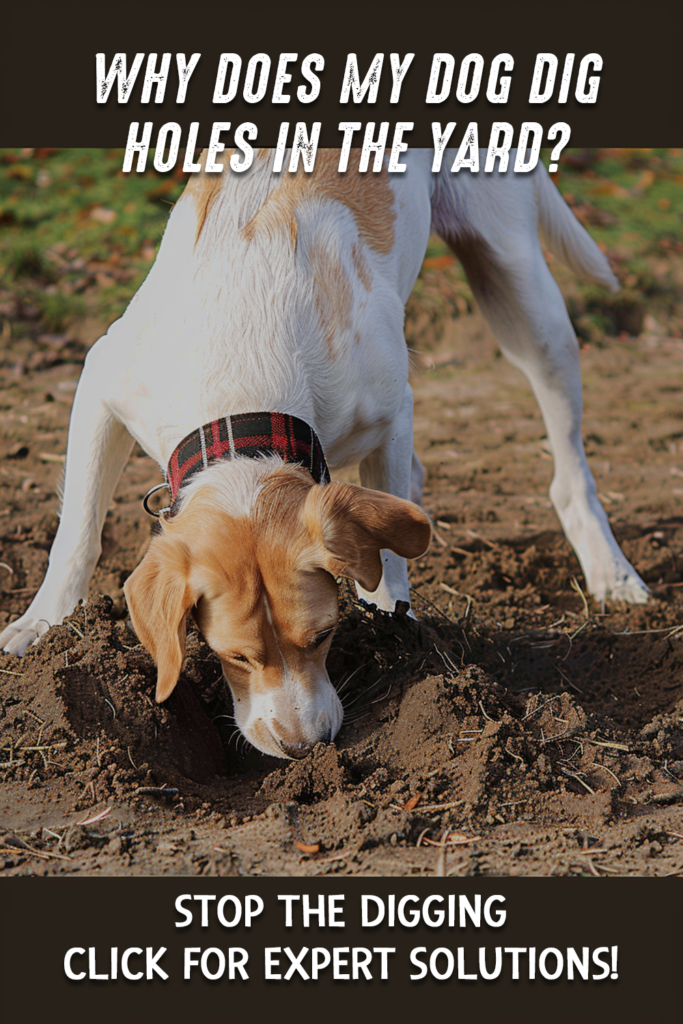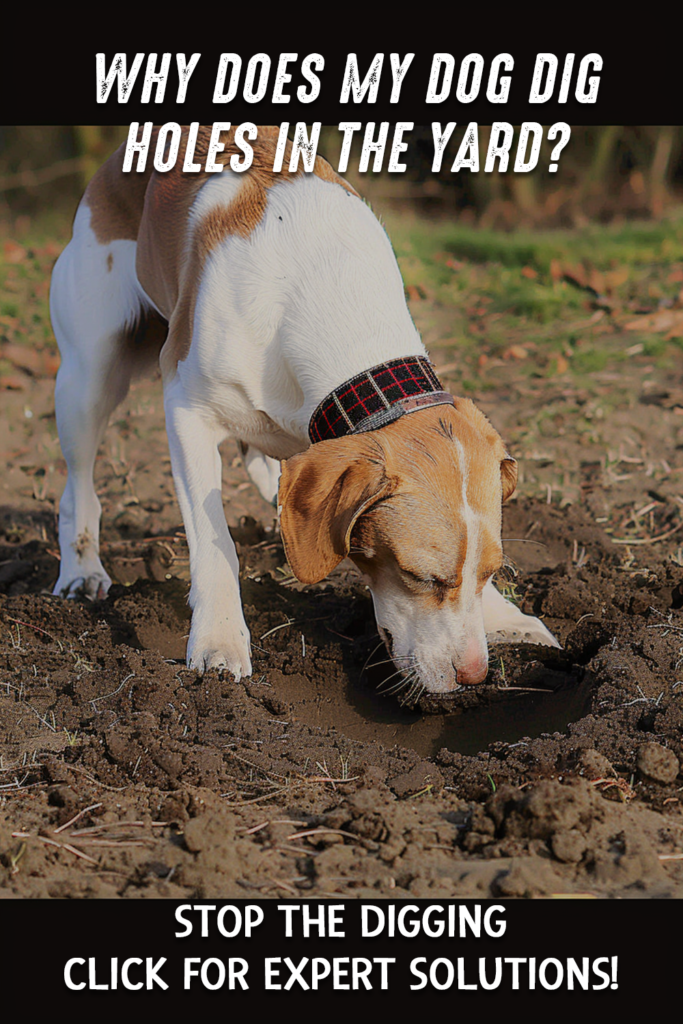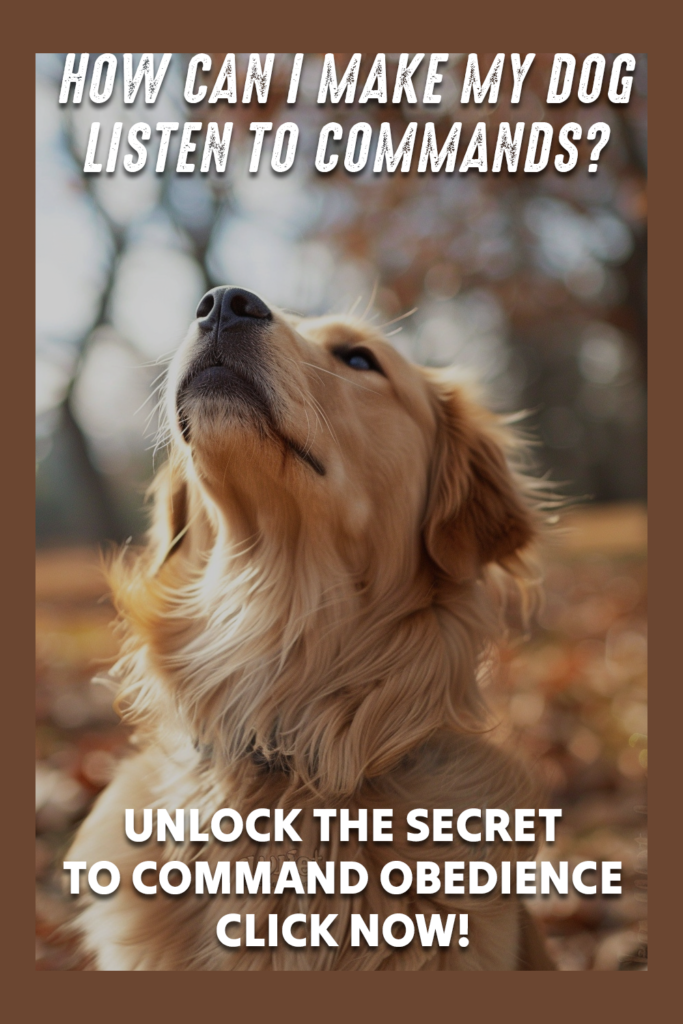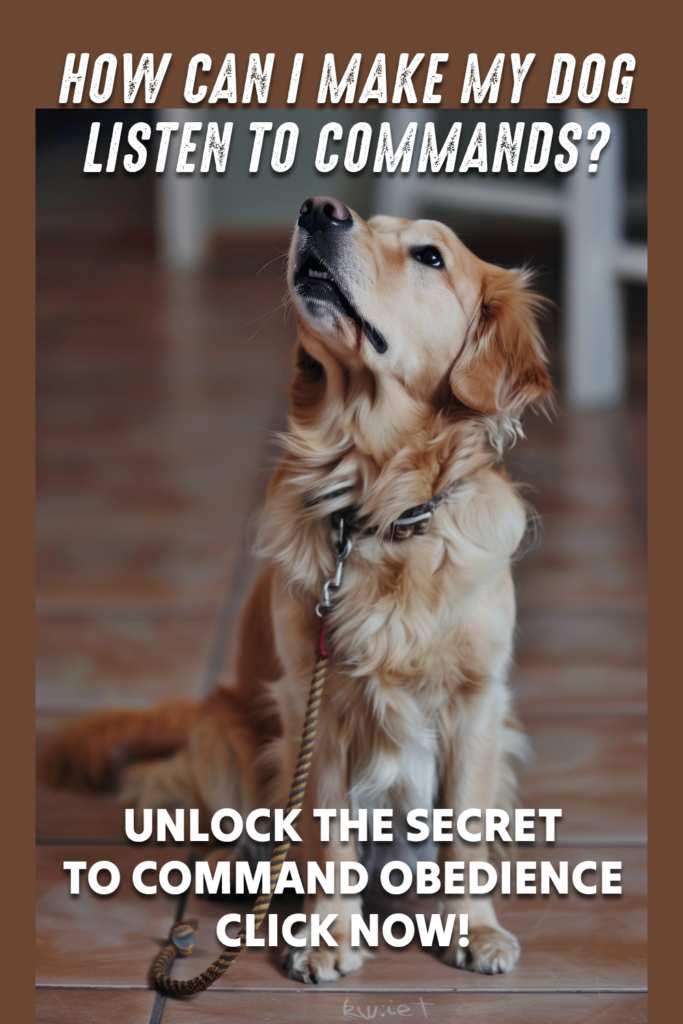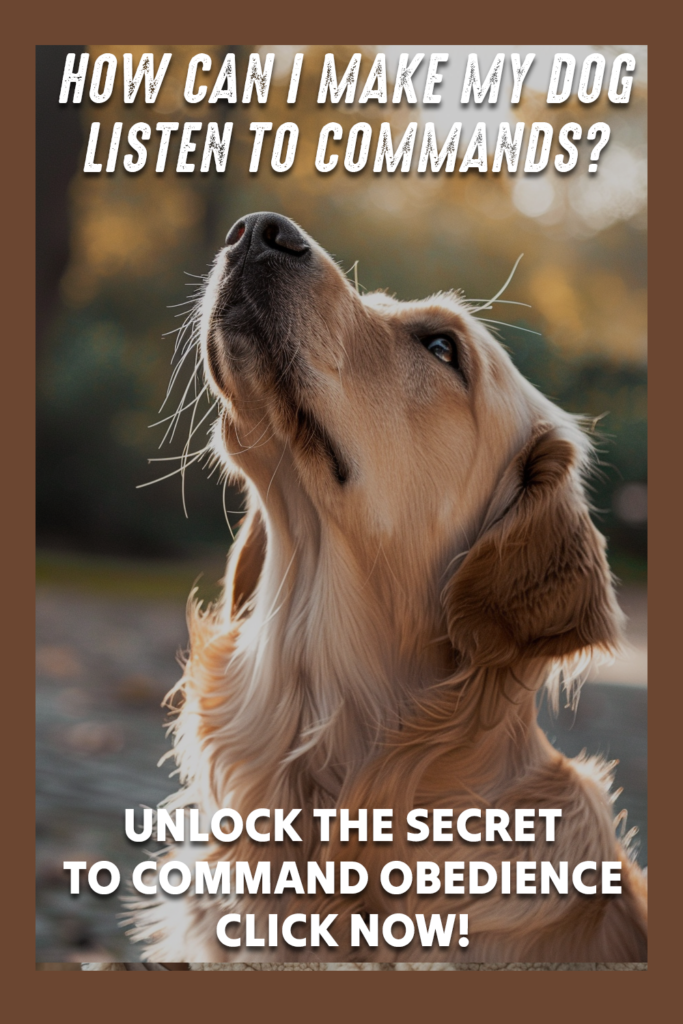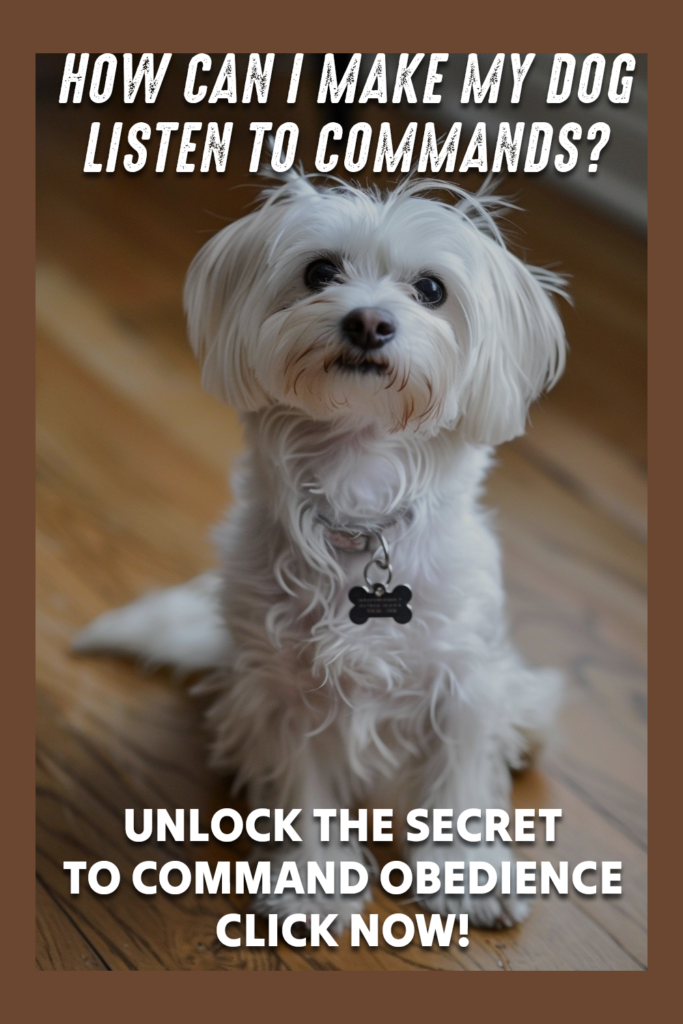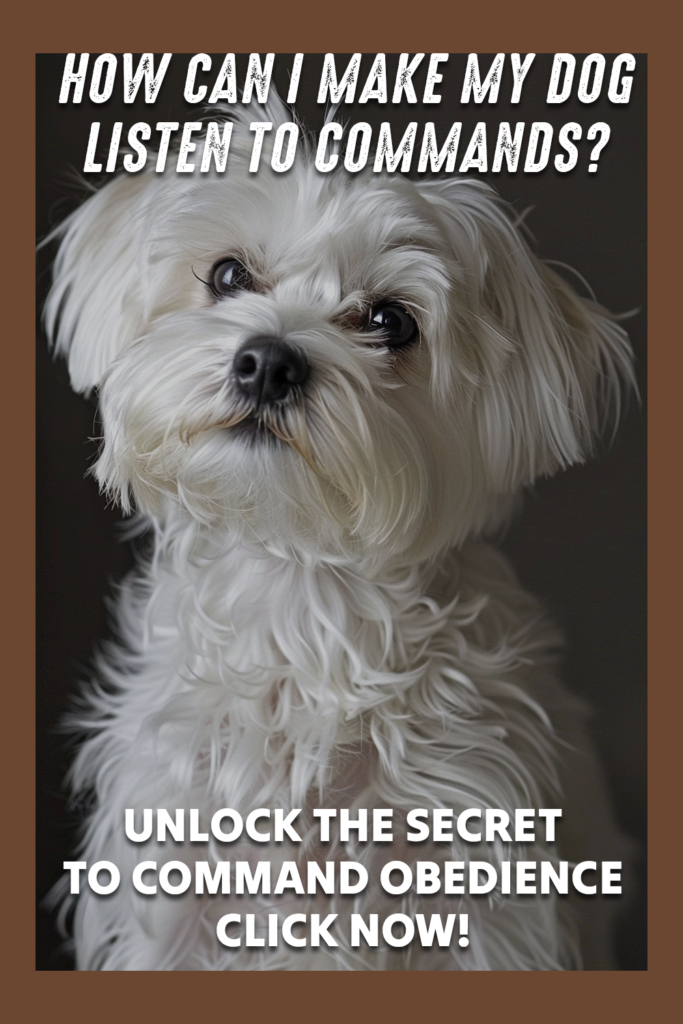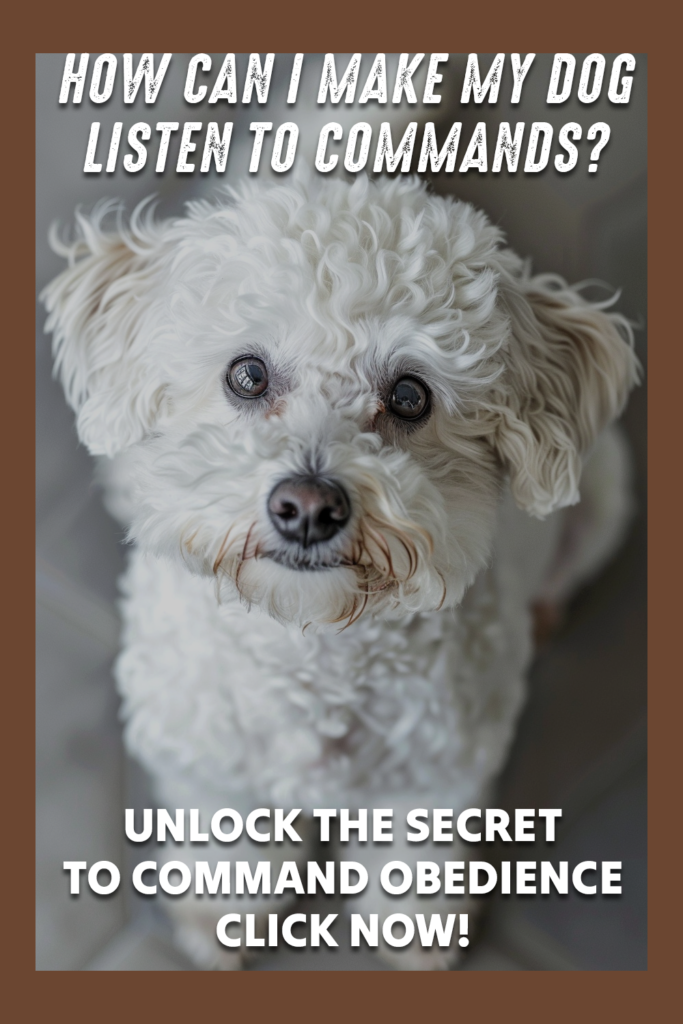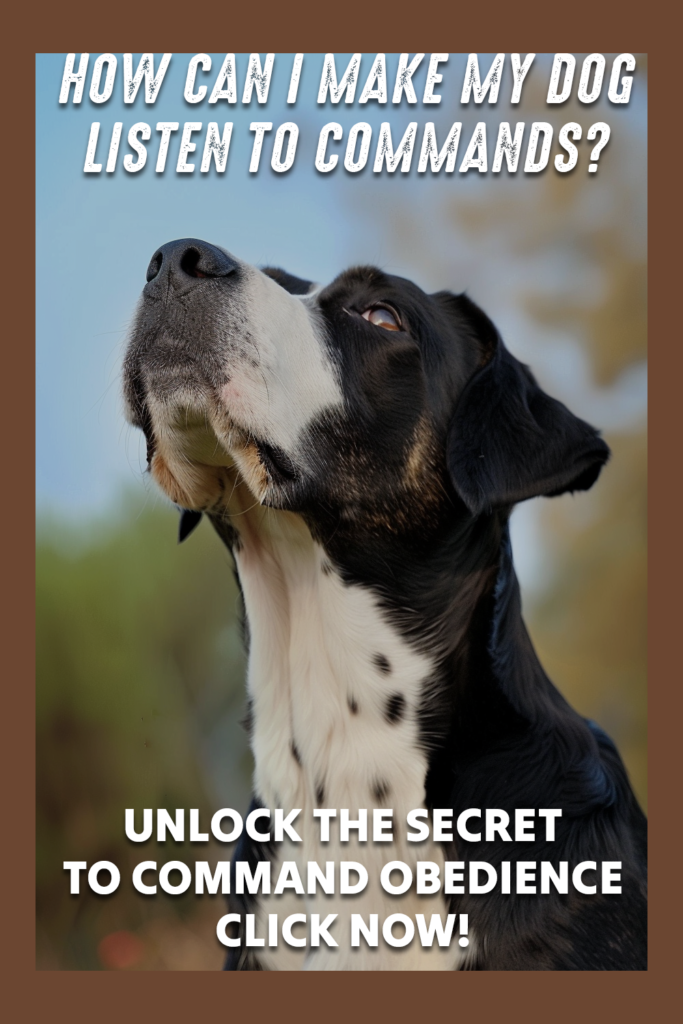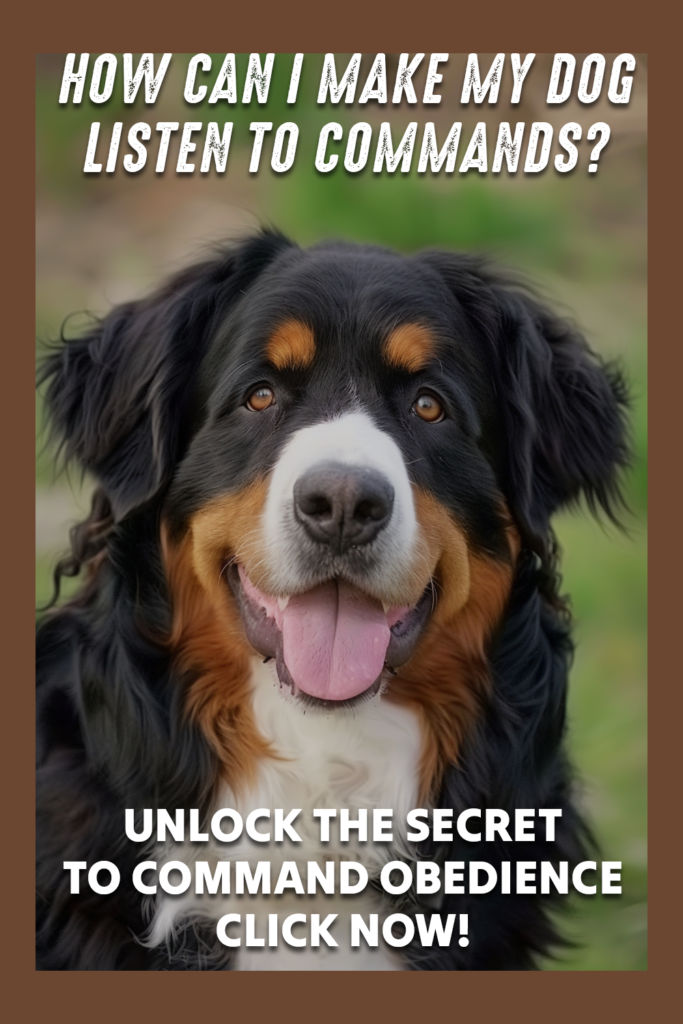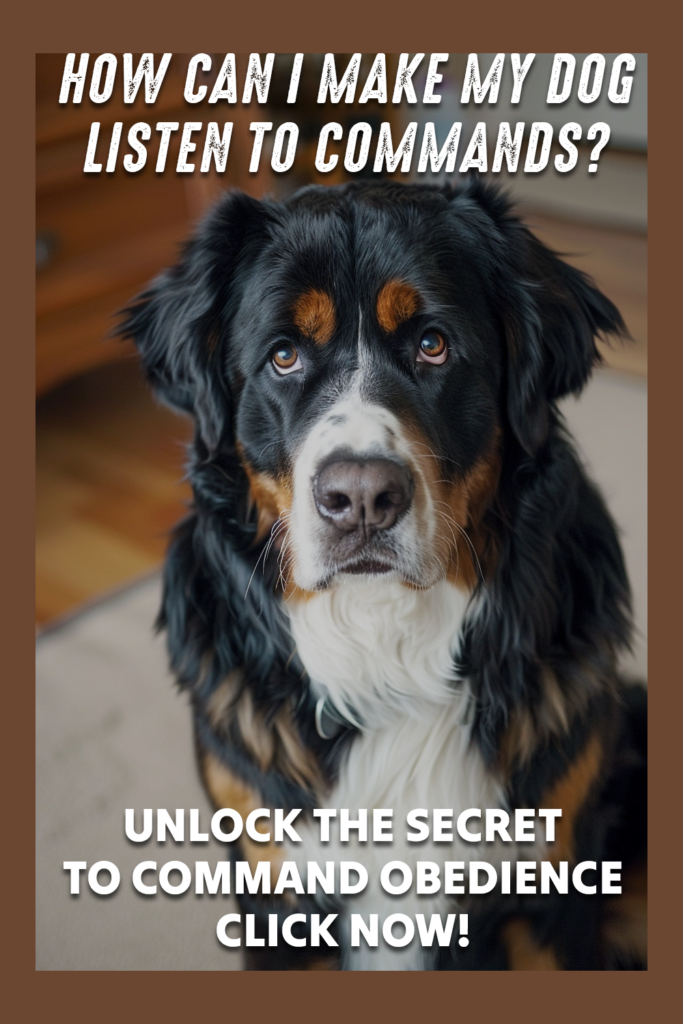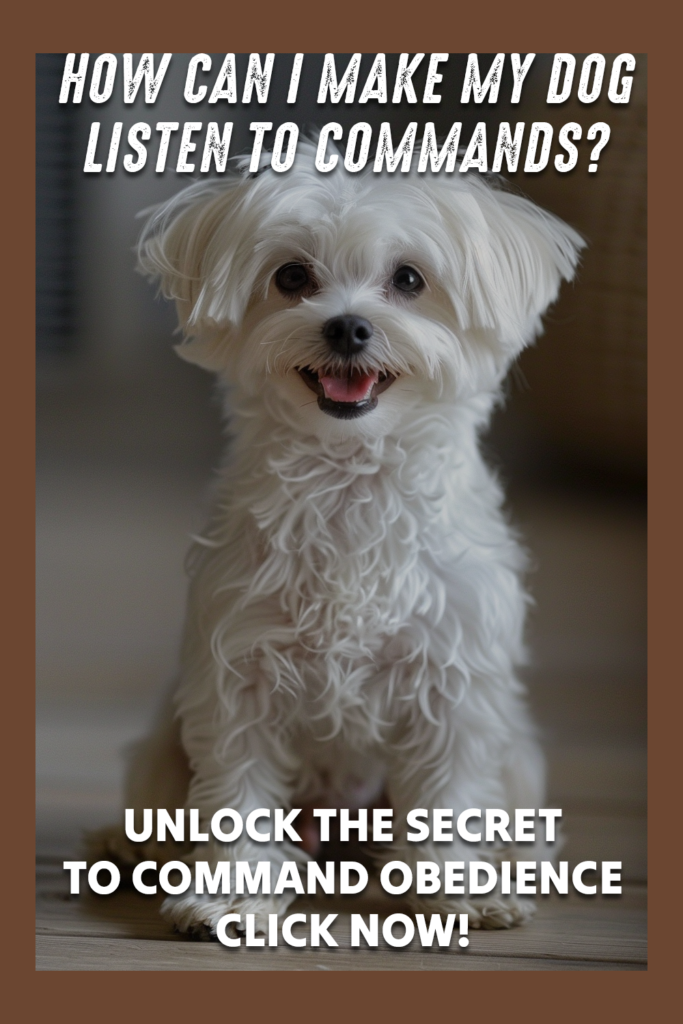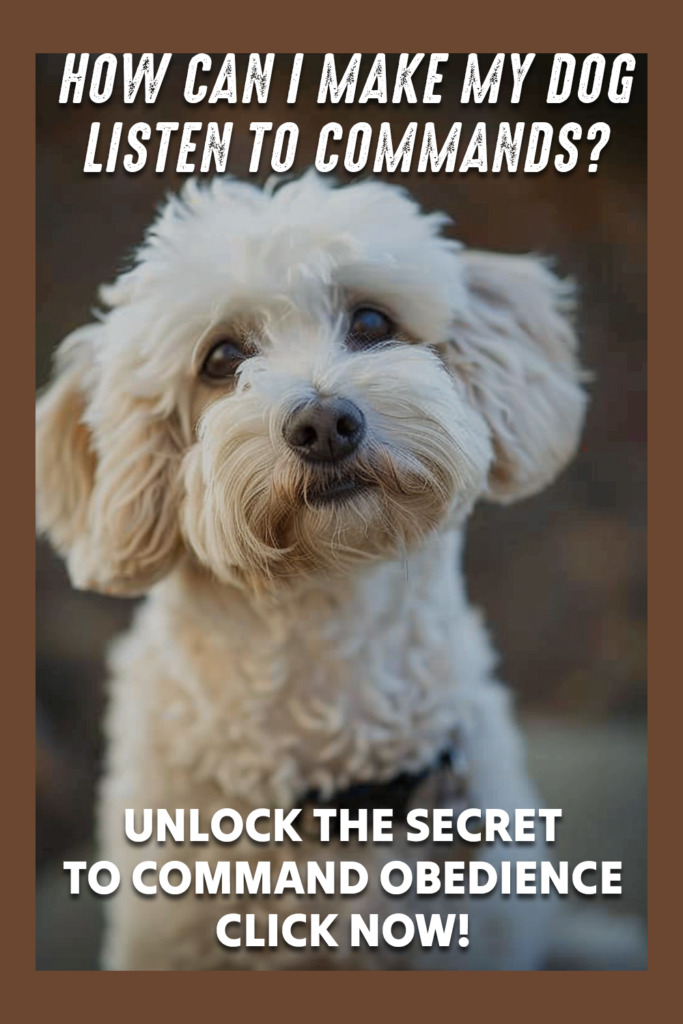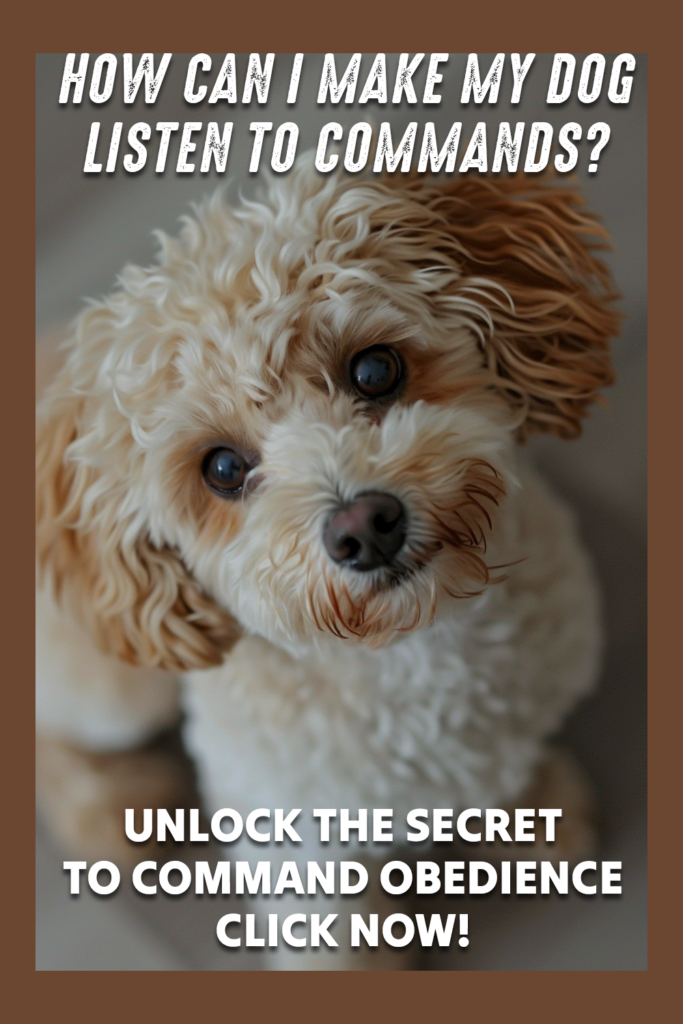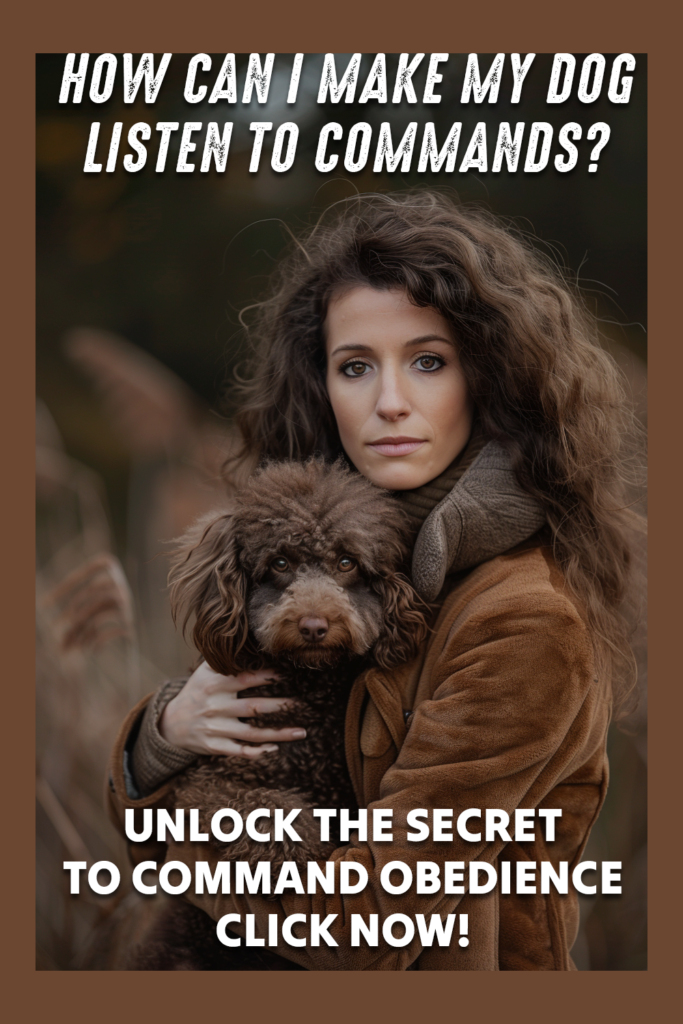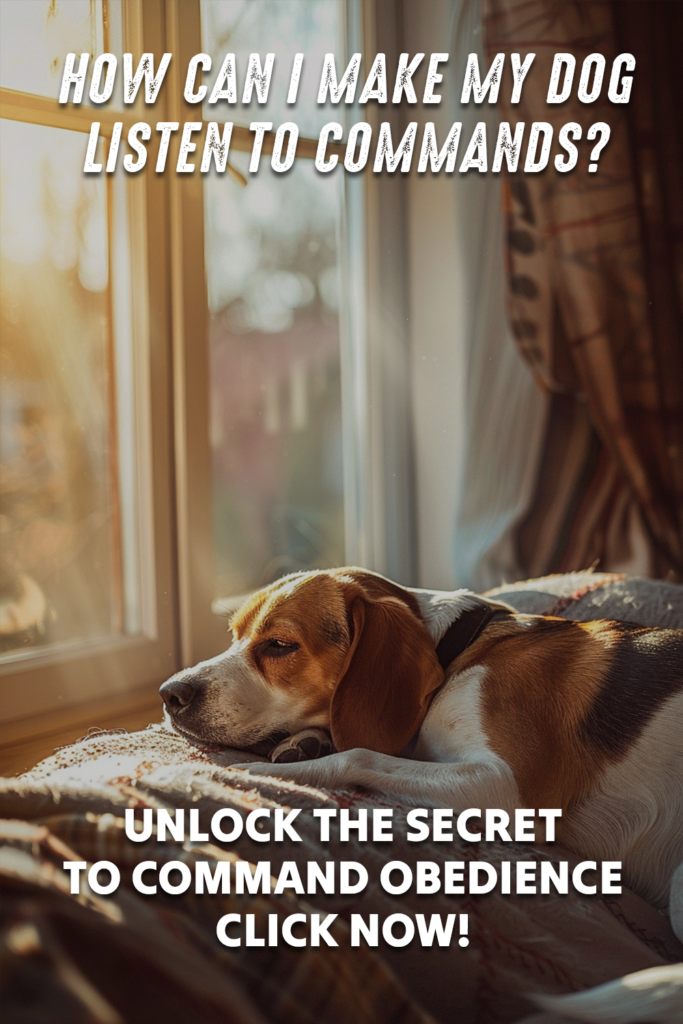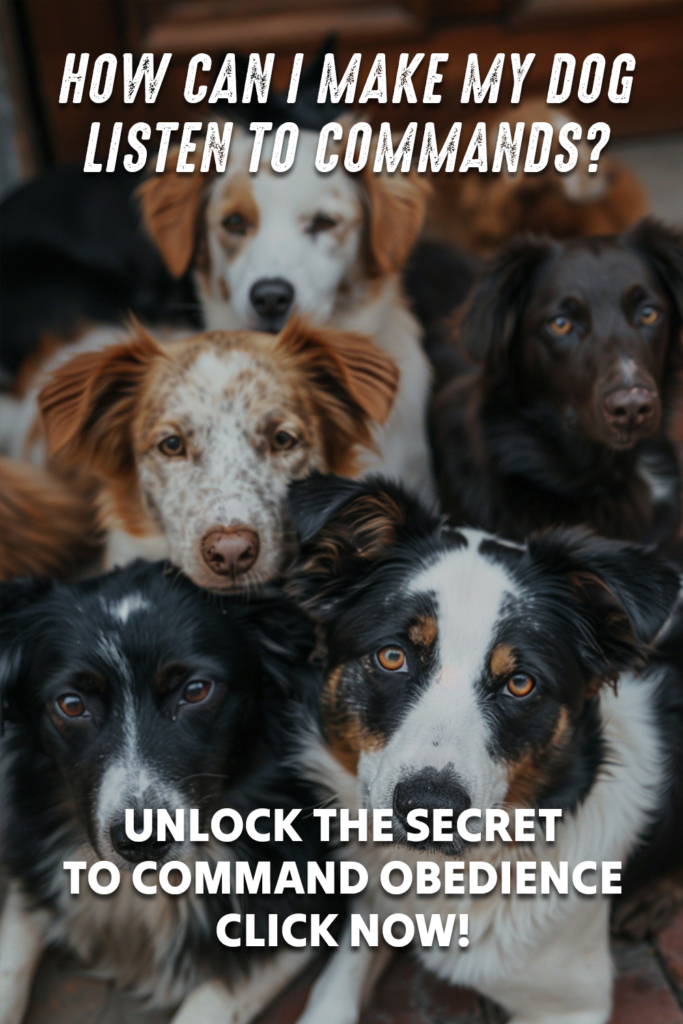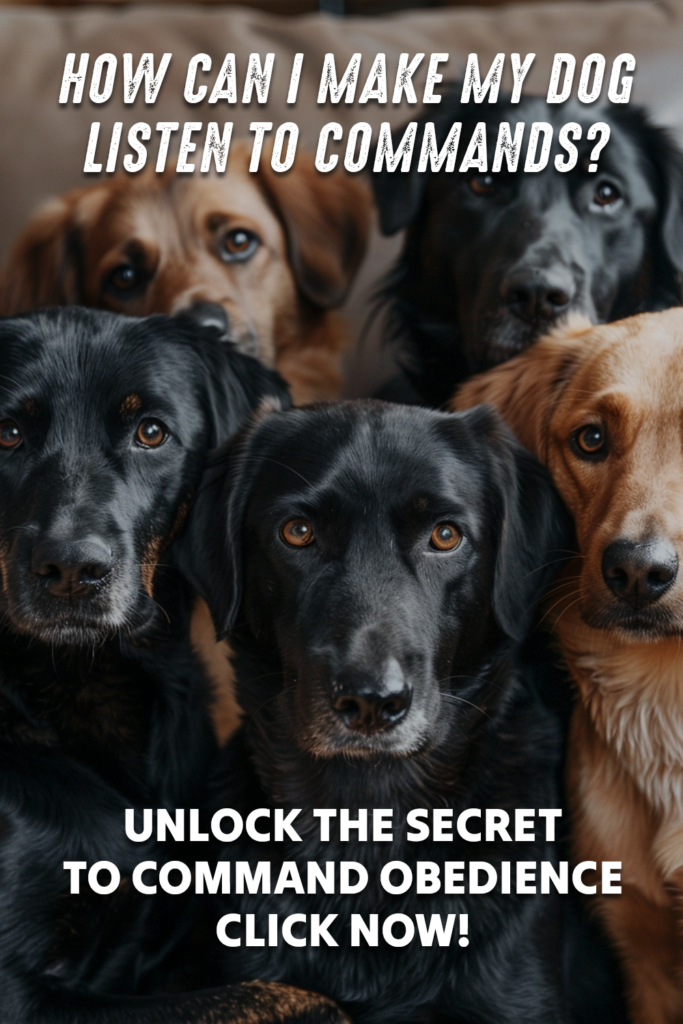As dedicated dog owners, we all want our furry companions to exhibit well-behaved and obedient behavior. However, adult dogs may sometimes display undesirable behaviors such as aggression, destructive behavior, or excessive barking, which can pose challenges for pet owners. In this comprehensive guide, we’ll explore nine proven tips and tricks to effectively address and eliminate these behaviors, ensuring a harmonious relationship between pet and owner.
Understanding Bad Behavior
Types of Bad Behavior: Bad behavior in dogs can manifest in various forms, including aggression, destructive behavior, and excessive barking. Aggression may involve growling, snapping, or biting, while destructive behavior can include chewing furniture or digging up the yard. Excessive barking, on the other hand, can disrupt the household and annoy neighbors. Recognizing these behaviors is the first step towards addressing them effectively.
Common Causes of Bad Behavior: Several factors can contribute to bad behavior in dogs, including lack of socialization, boredom, anxiety, fear, or past trauma. Understanding the underlying causes helps dog owners tailor their approach to behavior modification. For example, a rescue dog with a history of abuse may exhibit fear-based aggression, while a bored dog may engage in destructive behavior out of frustration.
Understanding Aggression in Adult Dogs
1. Implement Positive Reinforcement Training
Positive reinforcement training is a highly effective method for addressing aggression in adult dogs. This approach involves rewarding desired behaviors, such as calmness and non-reactivity, with treats and praise. For instance, if your dog displays aggression towards other dogs during walks, use treats to reward moments of calmness and positive interactions. Over time, your dog will learn that remaining calm leads to positive rewards, reducing their tendency to display aggressive behavior.
2. Establish Clear Boundaries and Rules
Consistency is key when it comes to addressing aggression in adult dogs. Establish clear boundaries and rules for acceptable behavior, and ensure that everyone in the household adheres to them consistently. For example, if your dog becomes aggressive when someone approaches their food bowl, establish a rule that no one will disturb them while eating. By setting clear boundaries and enforcing them consistently, you can help prevent situations that may trigger aggression in your dog.
3. Seek Professional Help
If your dog’s aggression persists despite your efforts, seeking professional help from a qualified dog trainer or behaviorist is highly recommended. These professionals can assess your dog’s behavior, identify triggers for aggression, and develop a tailored behavior modification plan. Additionally, they can provide you with valuable guidance and support throughout the training process, ensuring a safe and effective approach to addressing your dog’s aggression.
Addressing Destructive Behavior
4. Provide Plenty of Mental and Physical Stimulation
Dogs need outlets for their energy, so make sure they get regular exercise and engage in activities that stimulate their minds. Take your dog for daily walks, play fetch in the yard, or provide them with interactive toys that dispense treats when manipulated. By providing plenty of mental and physical stimulation, you can help prevent boredom-related destructive behavior.
5. Create a Safe Space
Establish a safe space for your dog where they can go when they need downtime. Fill this space with comfortable bedding, toys, and water to make it inviting for your dog. When they are in their safe space, they can relax and unwind without the temptation to engage in destructive behavior.
6. Consistency is Key
Consistency is crucial when addressing destructive behavior in adult dogs. Make sure everyone in the household is consistent in enforcing rules and boundaries for your dog. If they are caught engaging in destructive behavior, redirect their attention to an appropriate activity and praise them when they comply. With time and consistency, your dog will learn what behavior is acceptable and what is not.
Addressing Excessive Barking
7. Identify the Triggers
Identifying the triggers for your dog’s excessive barking is the first step in addressing this behavior. Pay attention to what sets off your dog’s barking and address these triggers accordingly. For example, if your dog barks excessively when they see other dogs outside, try distracting them with a toy or treat whenever another dog comes into view. Over time, your dog will learn that barking is not necessary in these situations.
8. Teach a “Quiet” Command
Teaching your dog a “quiet” command can be a useful tool for controlling excessive barking. Start by using a verbal cue such as “quiet” when your dog is barking, then reward them with a treat when they stop barking and remain quiet. With consistent practice, your dog will learn to associate the “quiet” command with being quiet, making it easier to control their barking.
9. Provide Mental Stimulation
Boredom is often a cause of excessive barking, so make sure your dog gets plenty of mental stimulation throughout the day. Take them for walks, play games with them, and provide them with puzzle toys that challenge their minds. By keeping your dog mentally stimulated, you can help prevent boredom-related barking.
Addressing bad behavior in adult dogs requires patience, consistency, and understanding. By implementing the nine proven tips and tricks outlined in this guide, dog owners can effectively eliminate undesirable behaviors and foster a harmonious relationship with their furry companions. Remember to be patient and consistent in your training efforts, and don’t hesitate to seek professional help if needed.
FAQs (Frequently Asked Questions)
FAQ 1: How long does it take to see results from behavior training?
Results vary depending on the dog’s temperament and the severity of the behavior. Consistent training and patience are key to achieving lasting results.
FAQ 2: Can old dogs learn new tricks when it comes to behavior modification?
Yes, adult dogs are capable of learning new behaviors through positive reinforcement and consistent training.
FAQ 3: Is punishment an effective way to correct bad behavior in dogs?
Punishment can lead to fear and anxiety in dogs, potentially exacerbating behavioral issues. Positive reinforcement is generally a more effective and humane approach to behavior modification.
FAQ 4: Should I seek professional help for my dog’s behavior issues?
If you’re struggling to address your dog’s behavior problems on your own, consulting a professional dog trainer or behaviorist can provide valuable guidance and support.
FAQ 5: How can I prevent my dog from exhibiting bad behavior in the first place?
Providing adequate exercise, mental stimulation, and socialization from a young age can help prevent behavioral issues in adult dogs.

